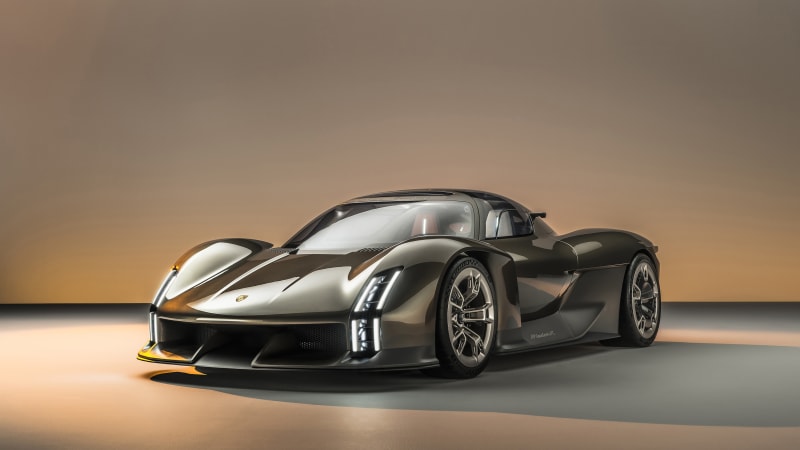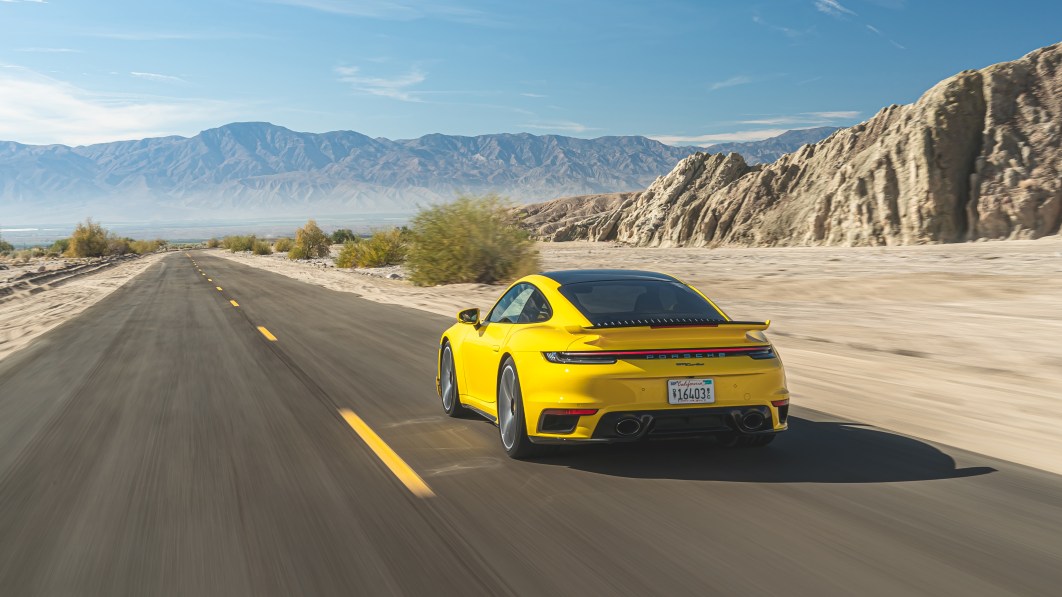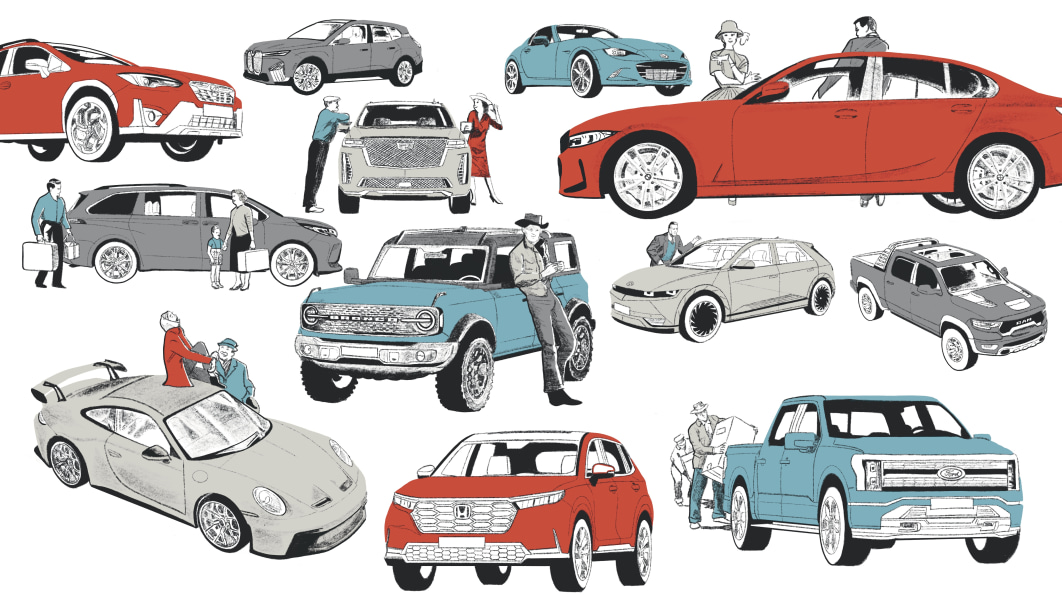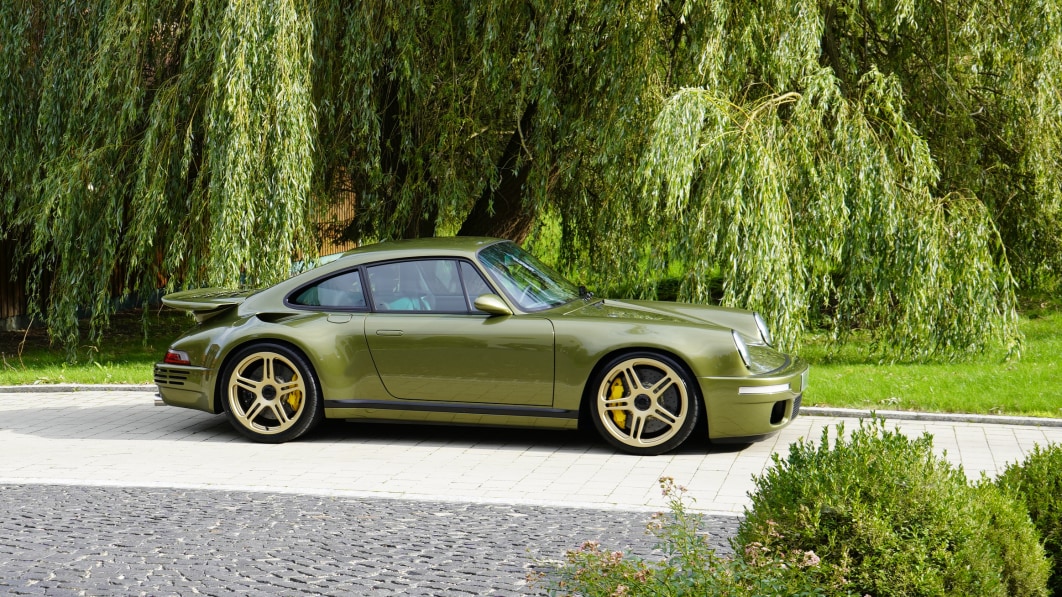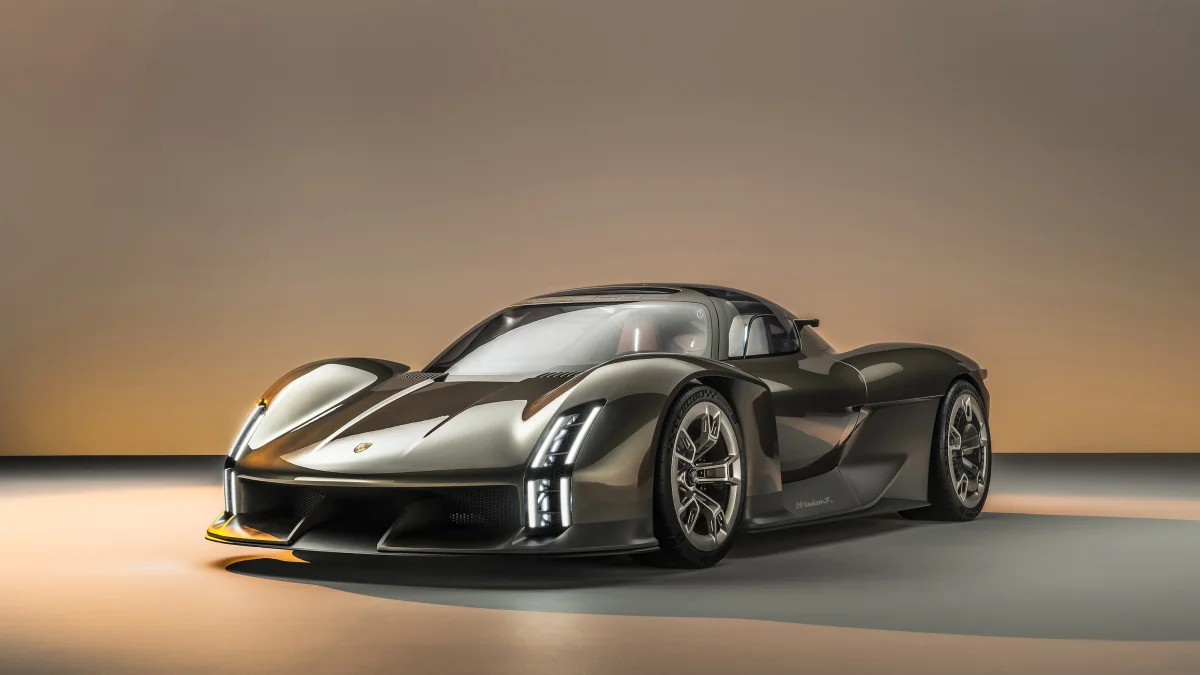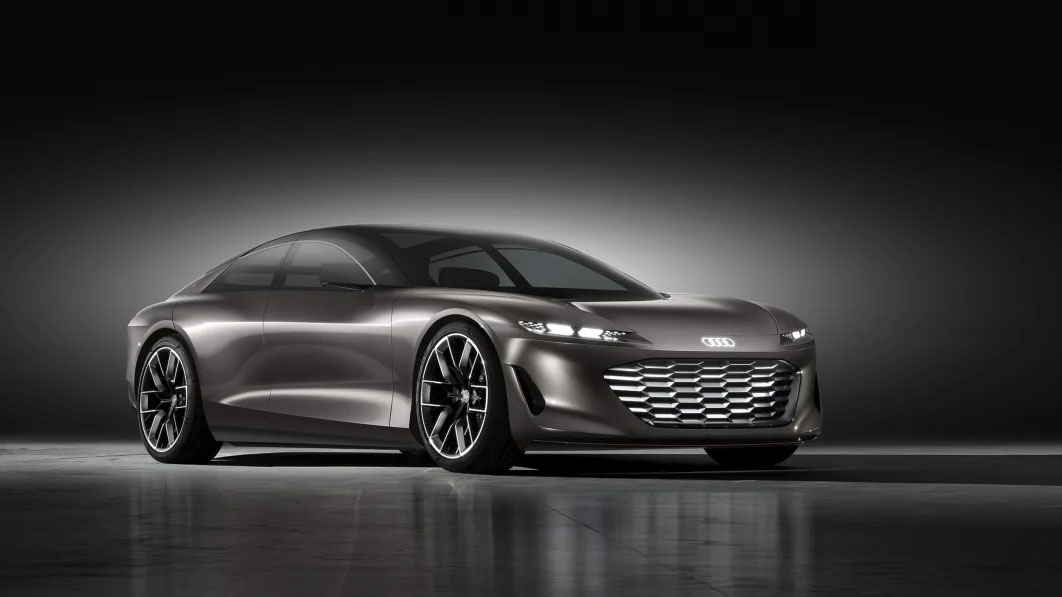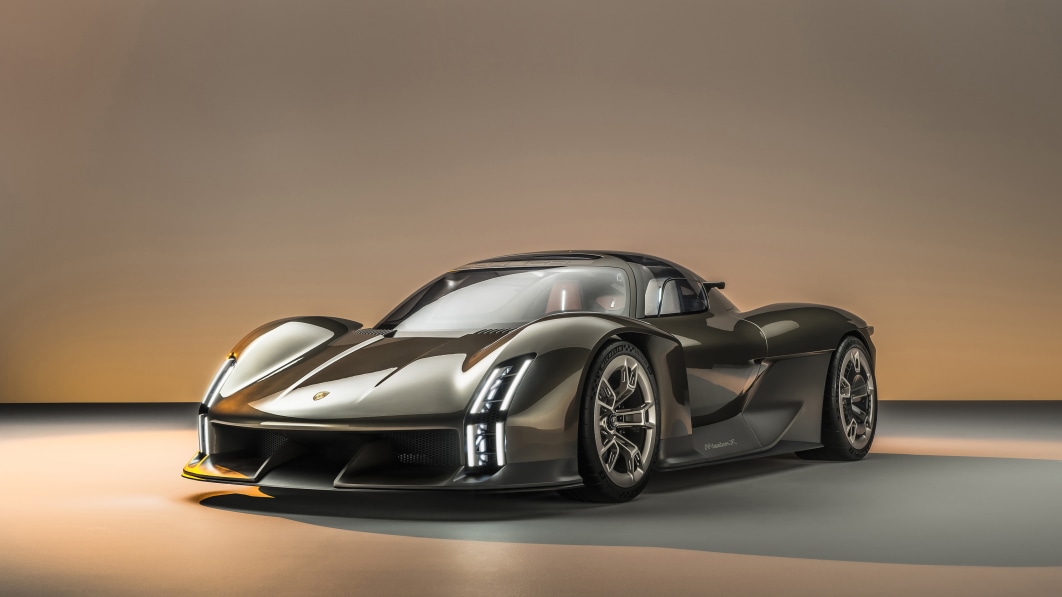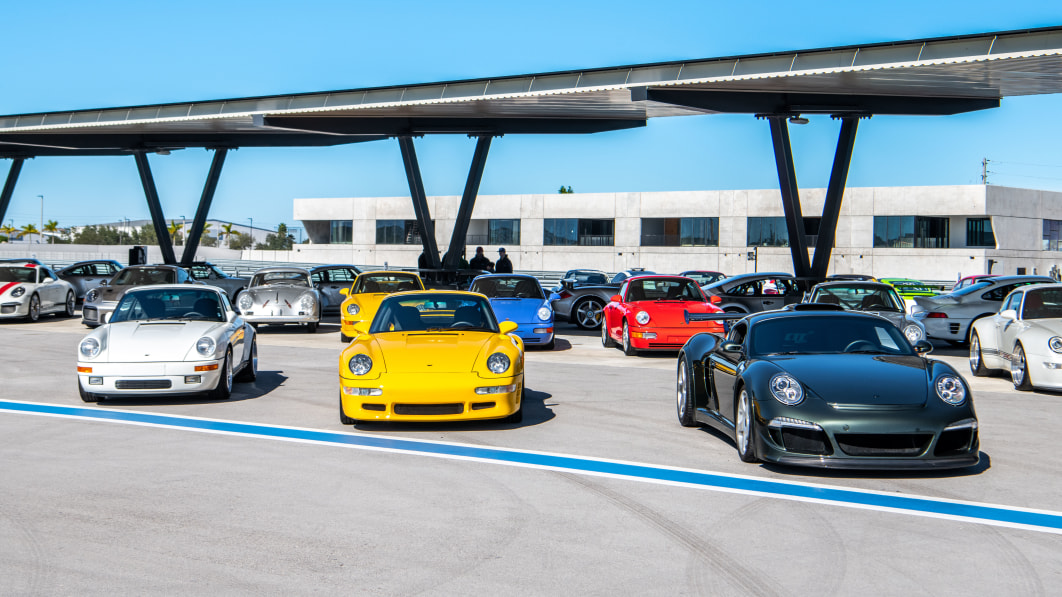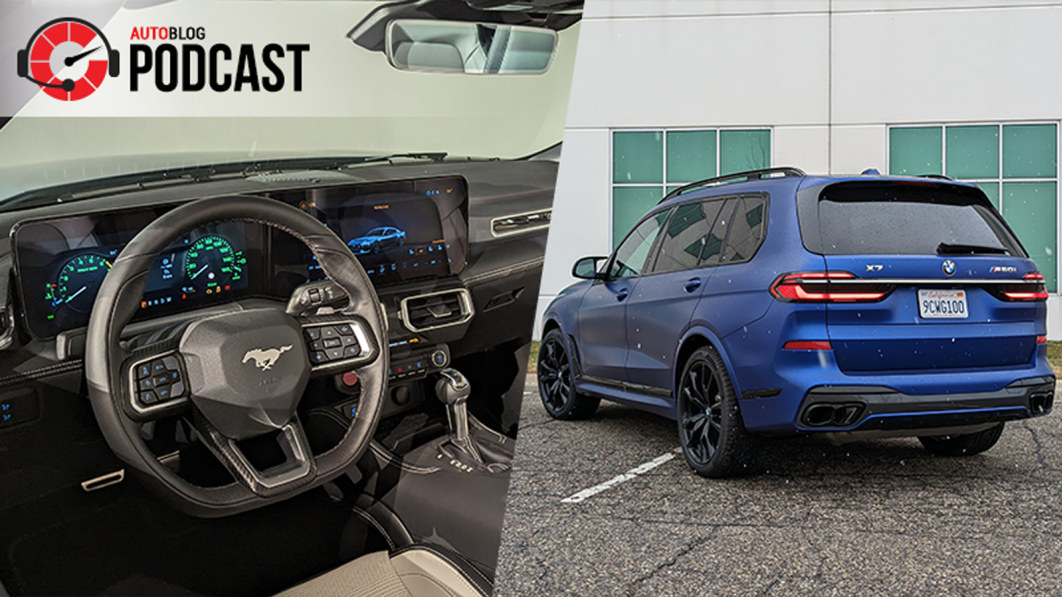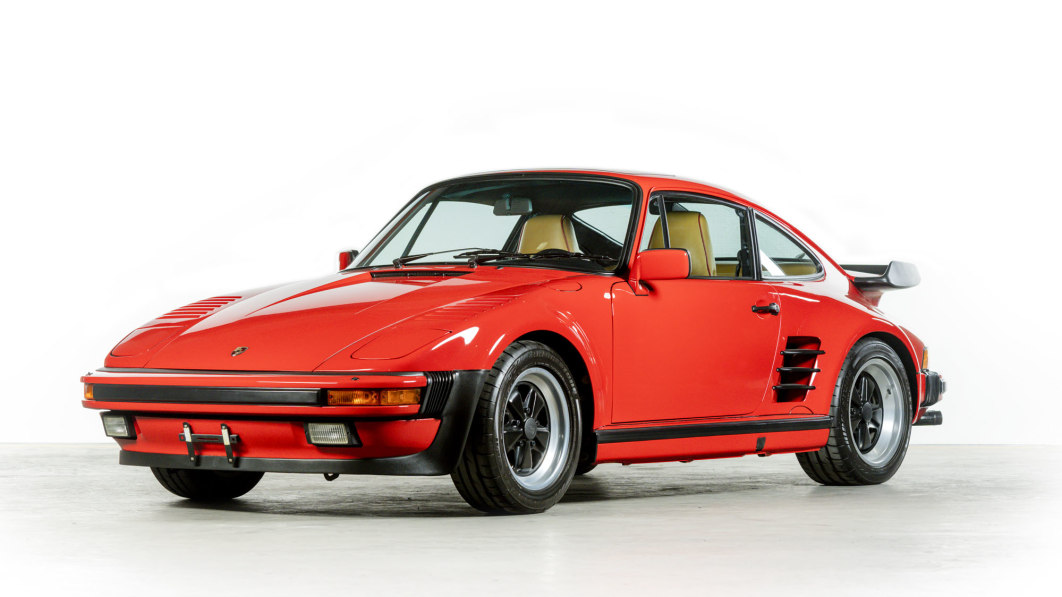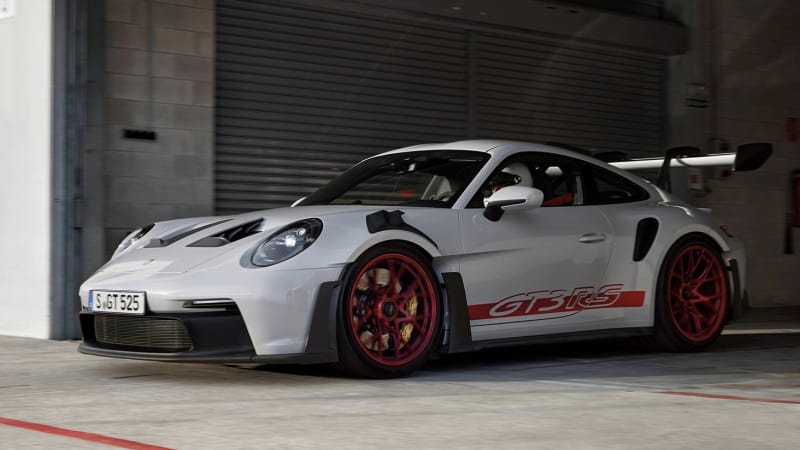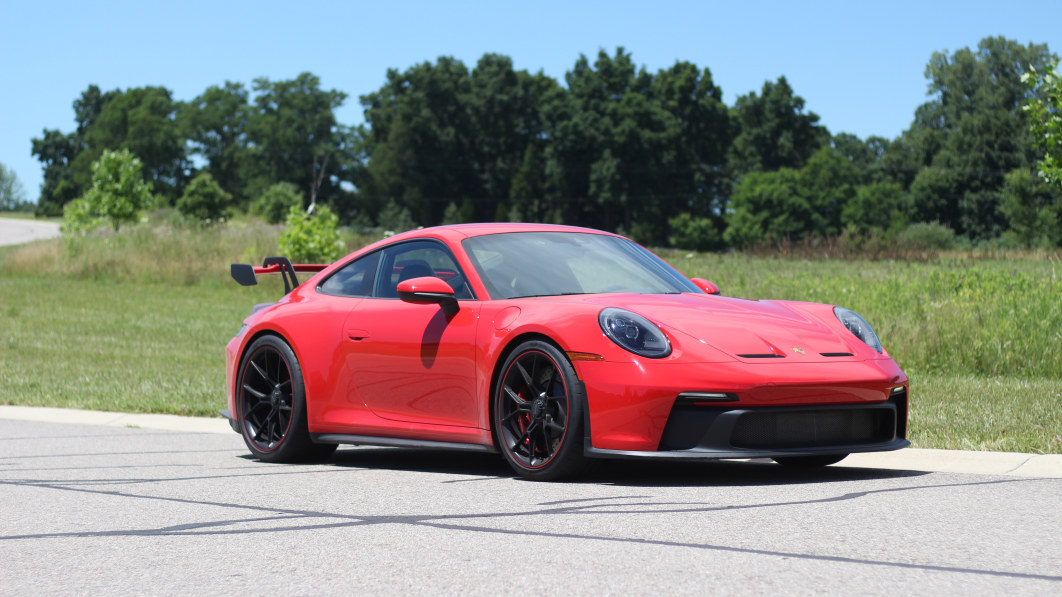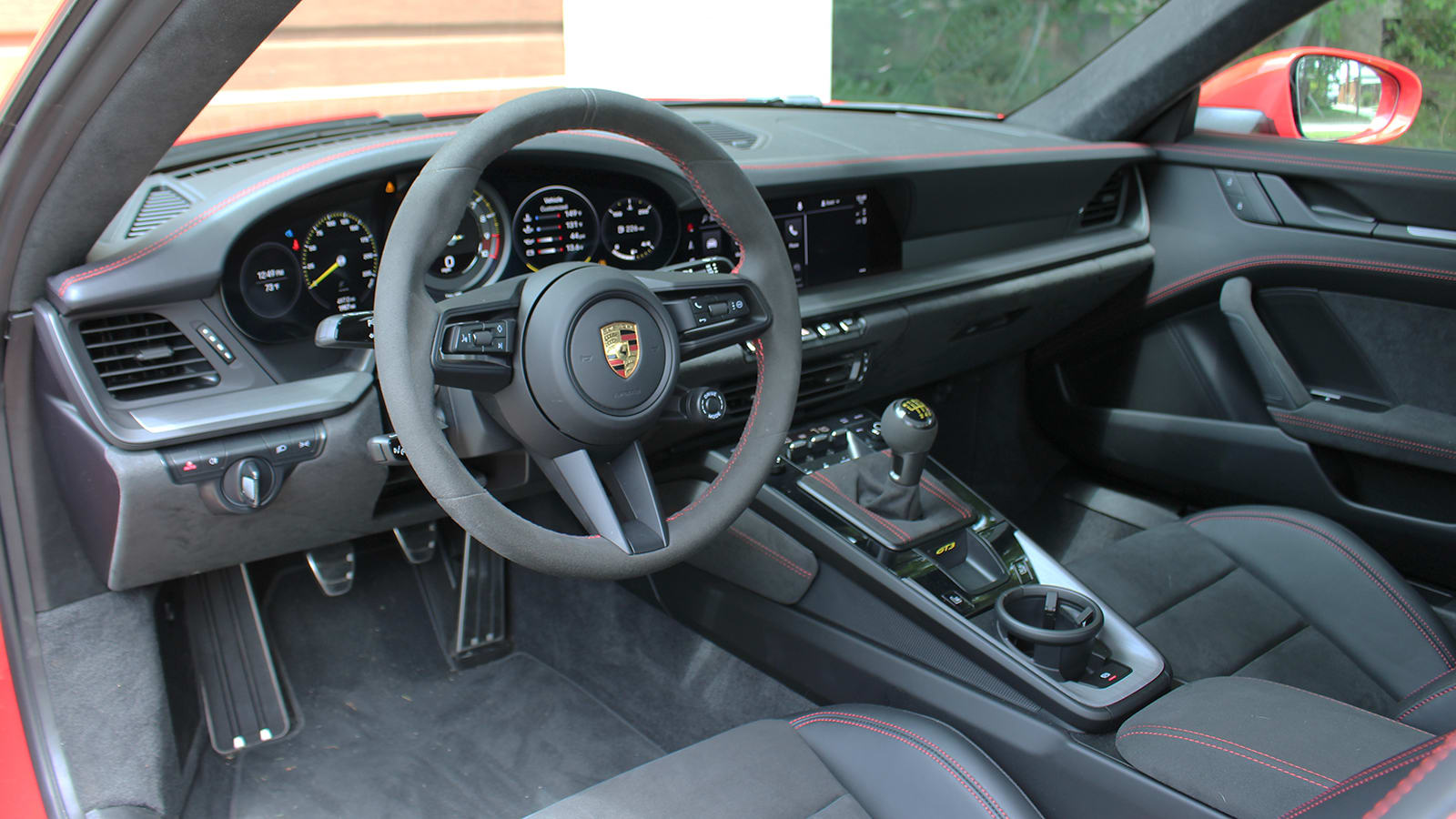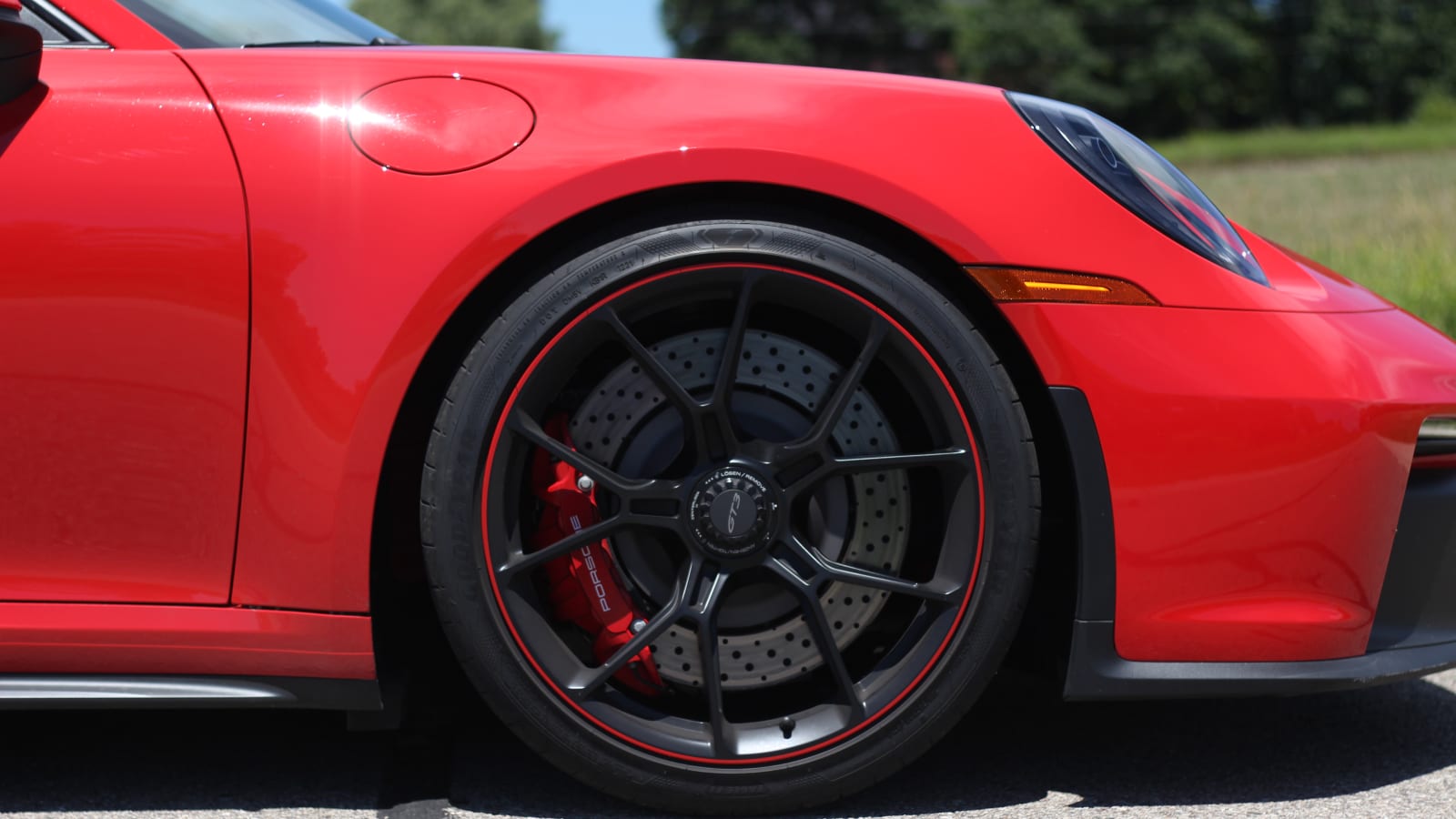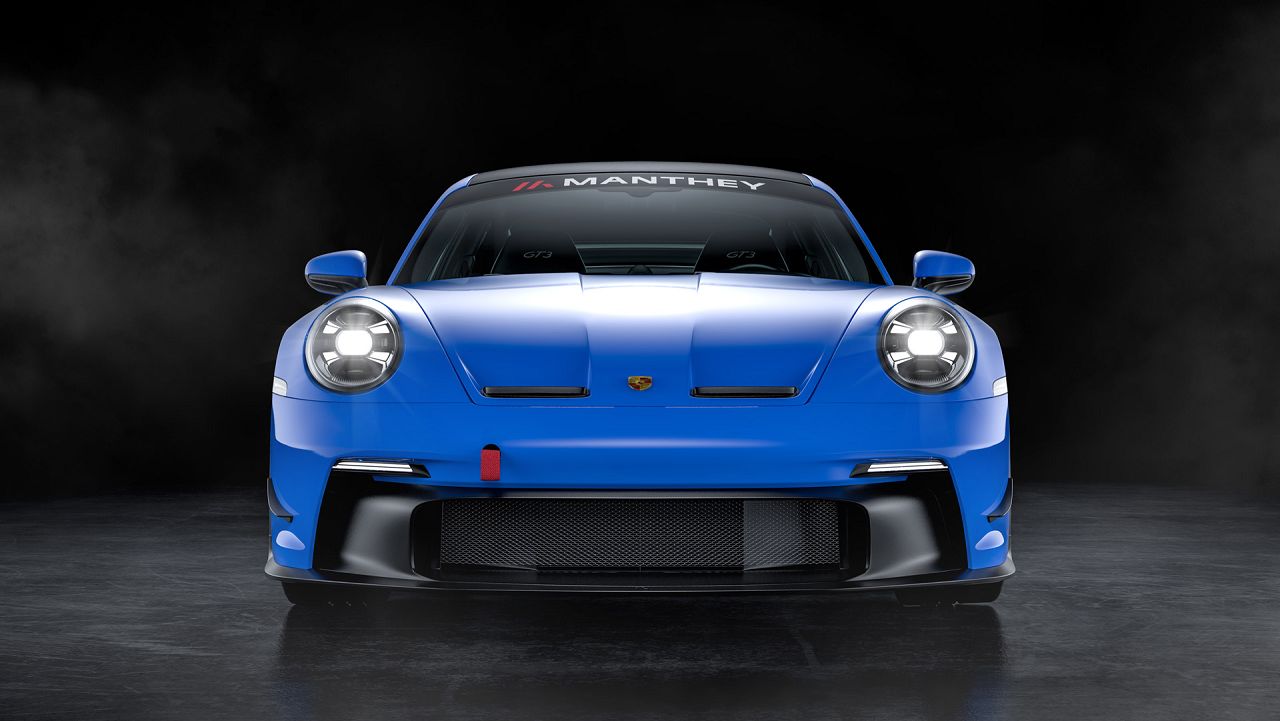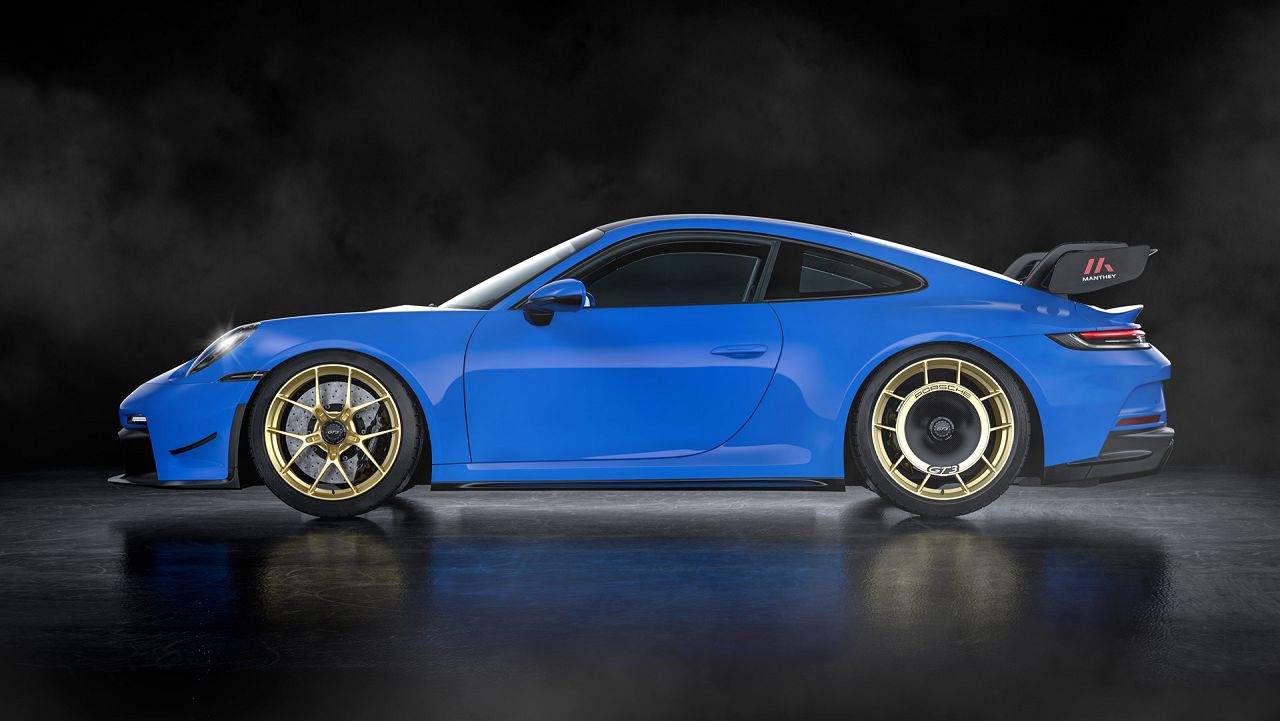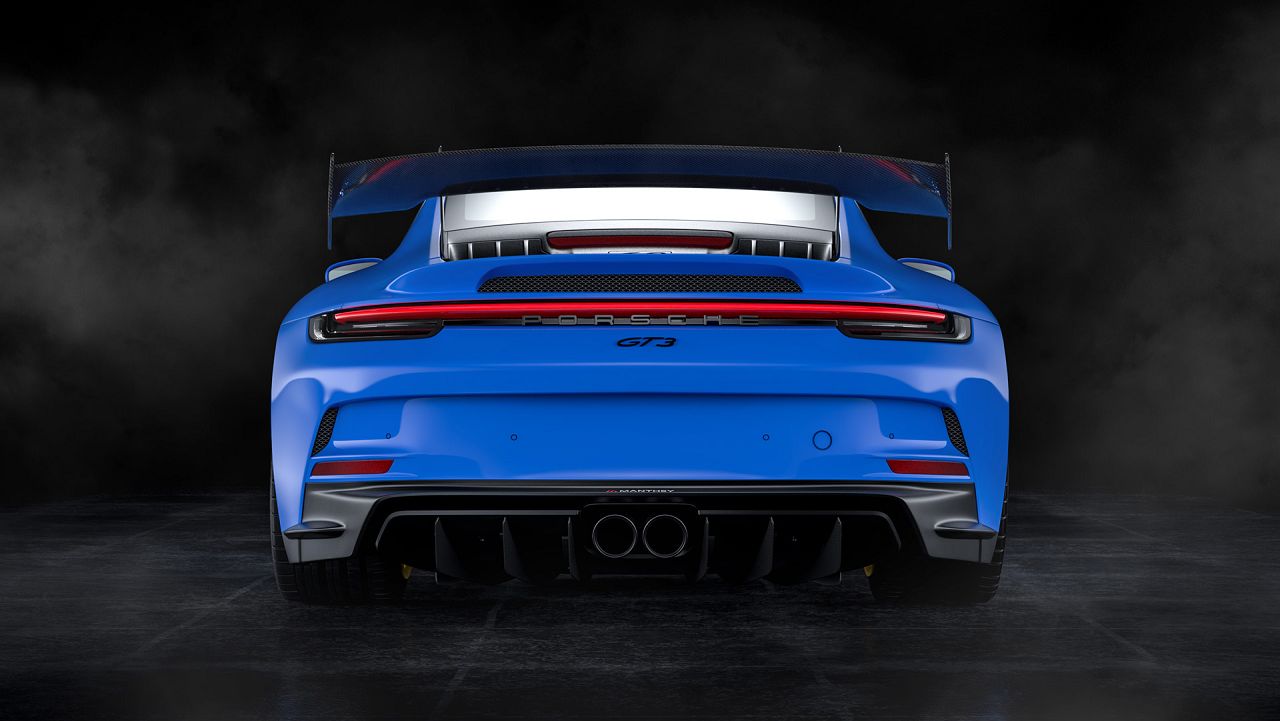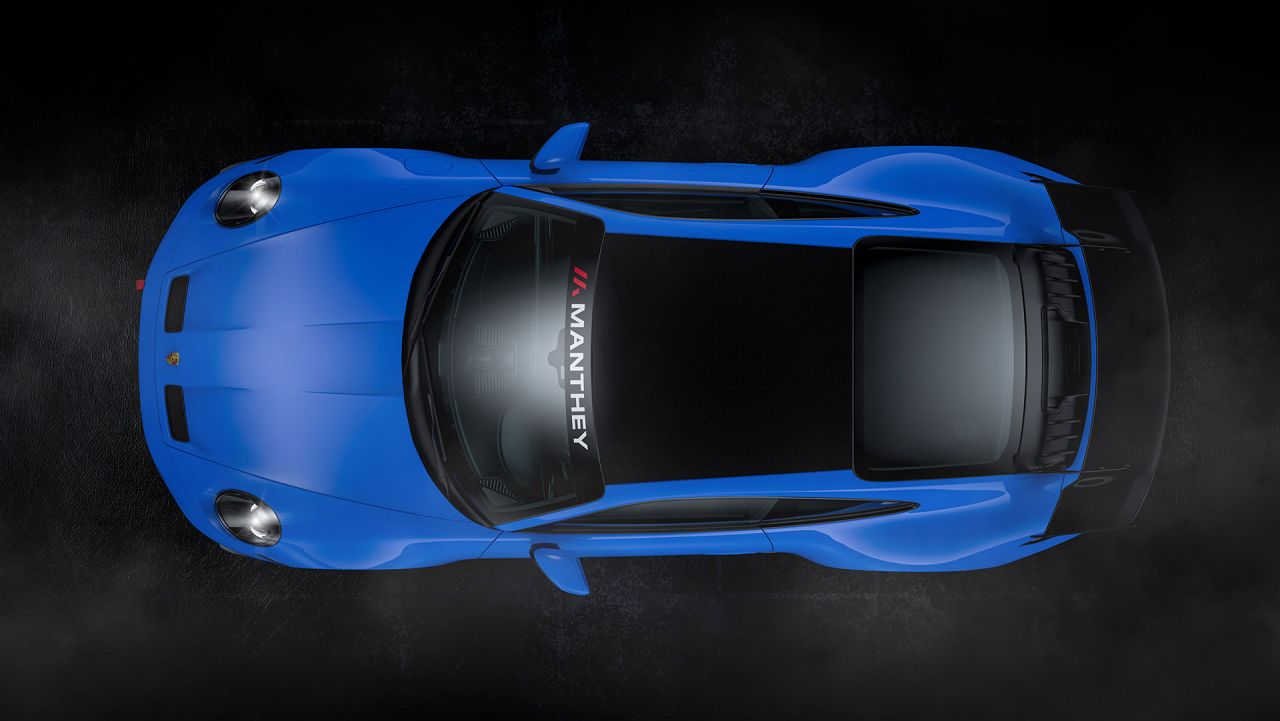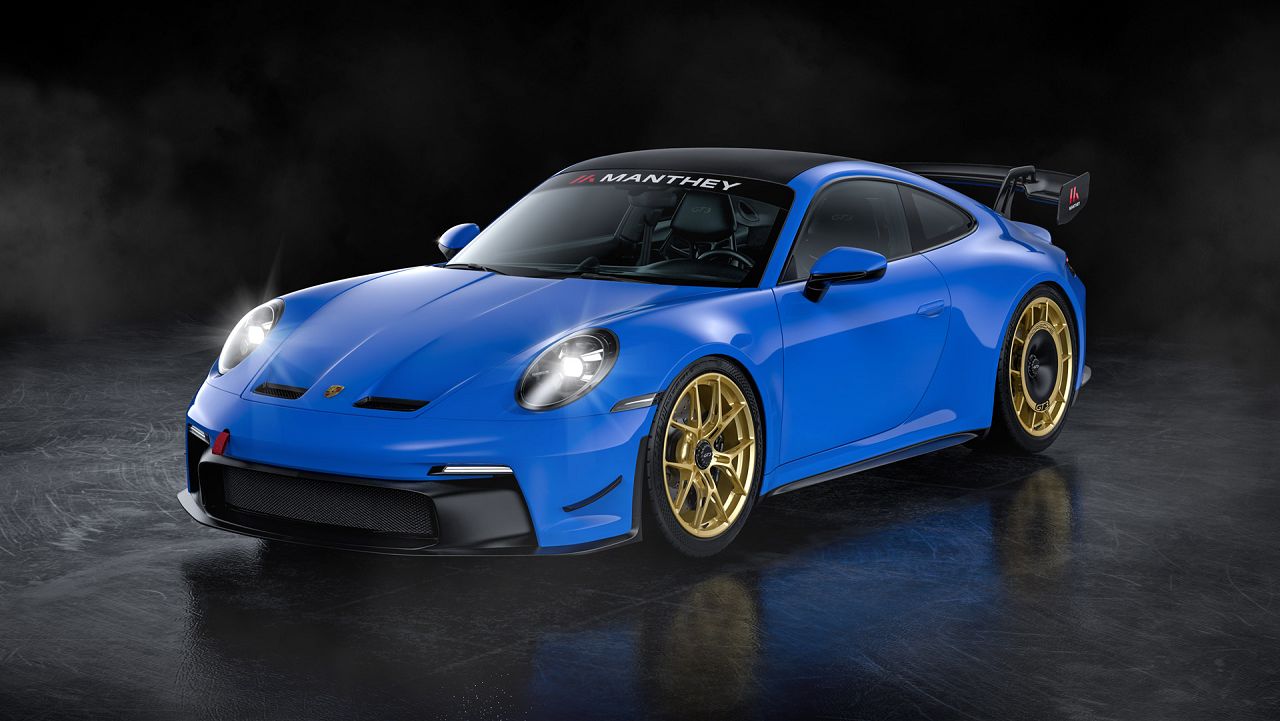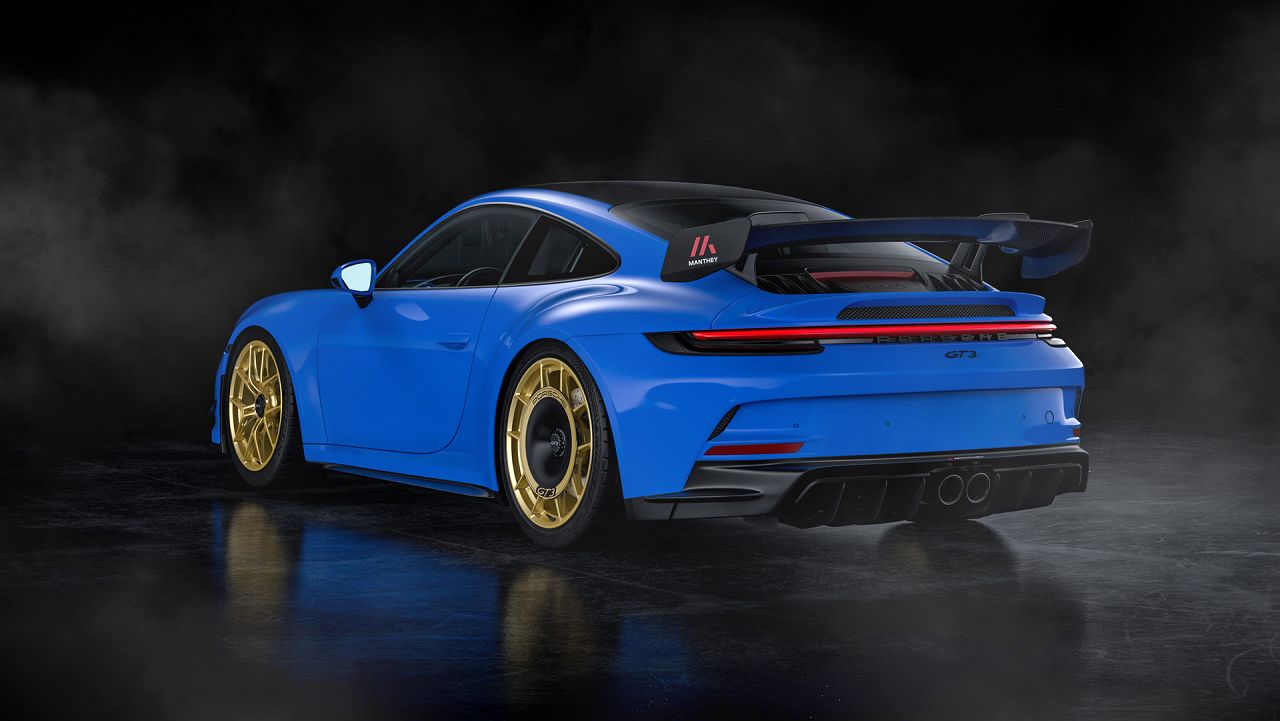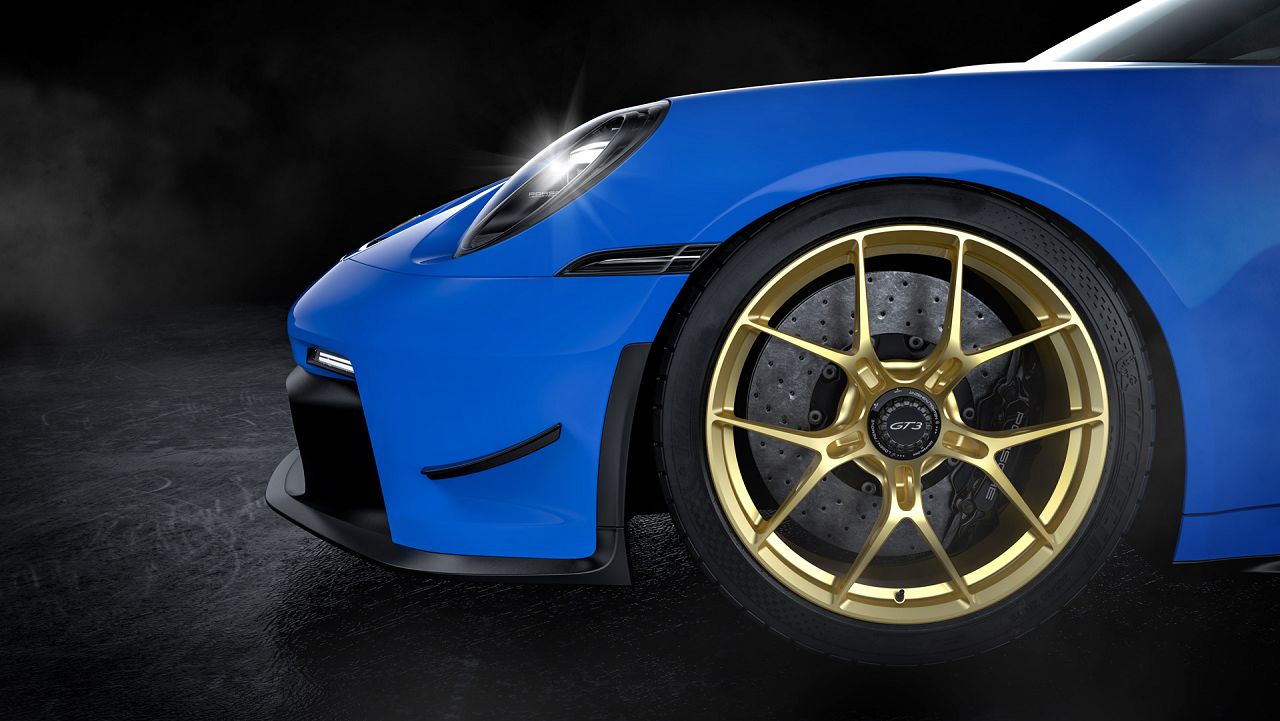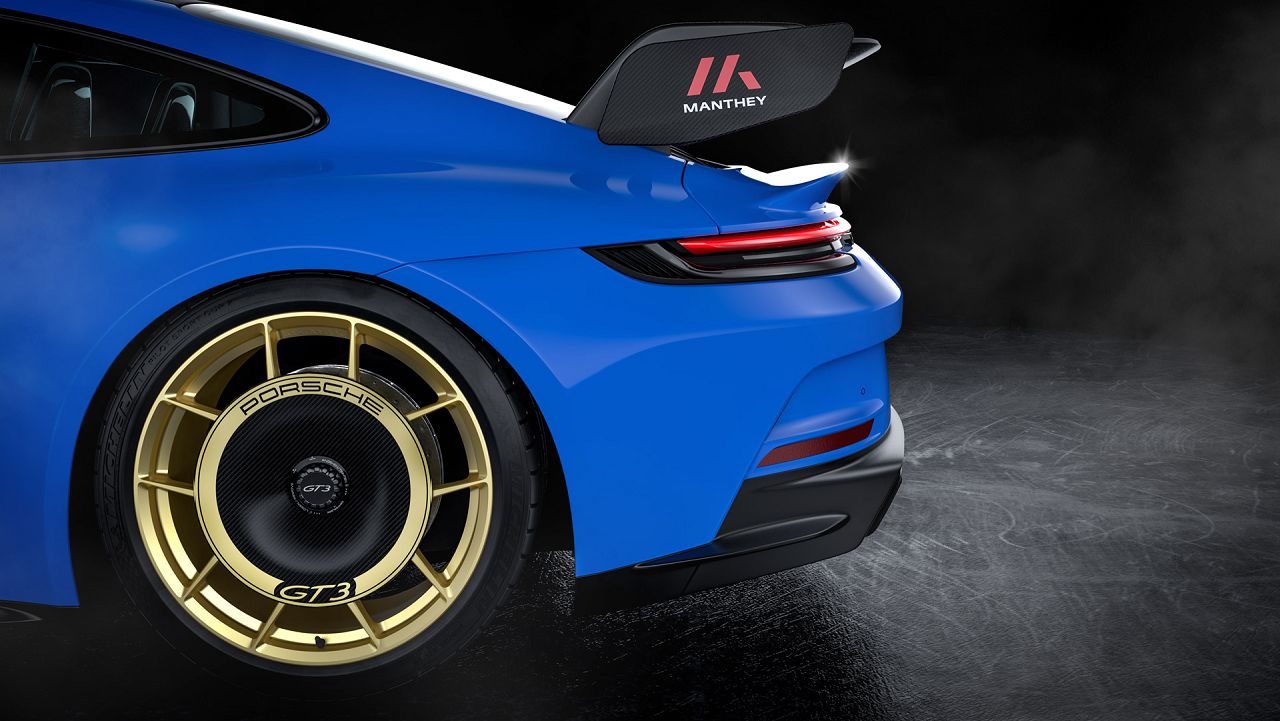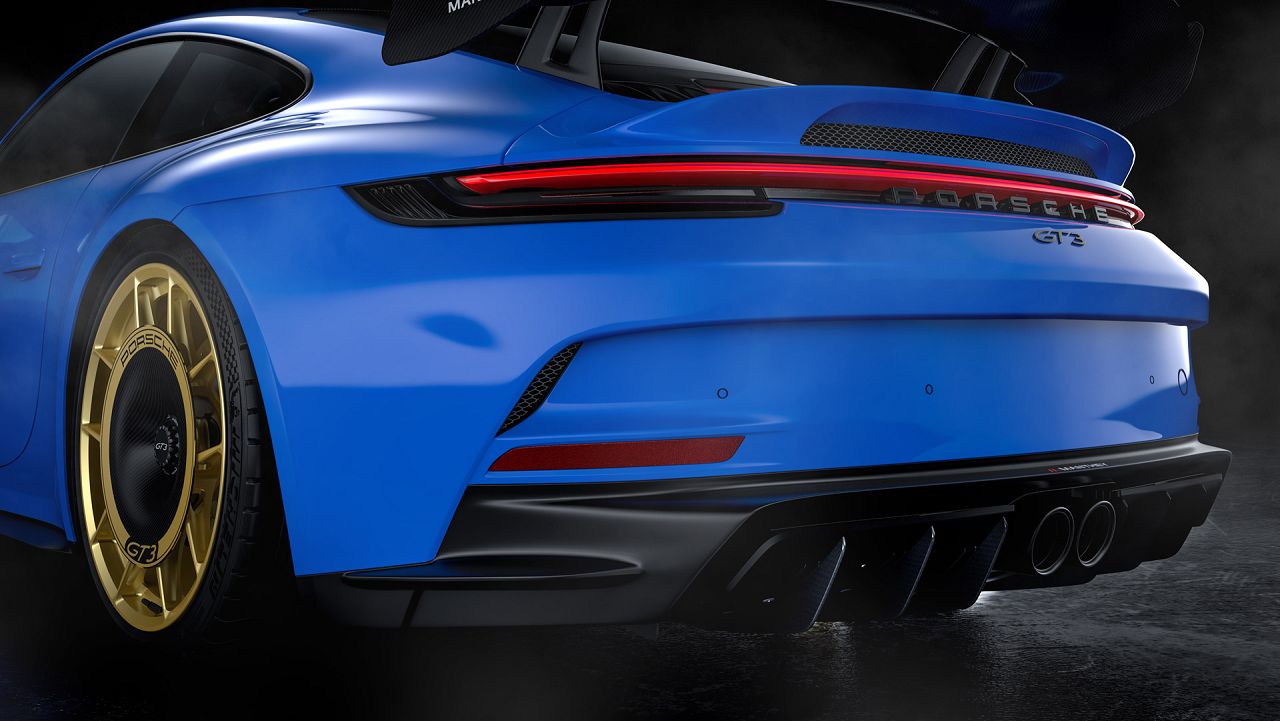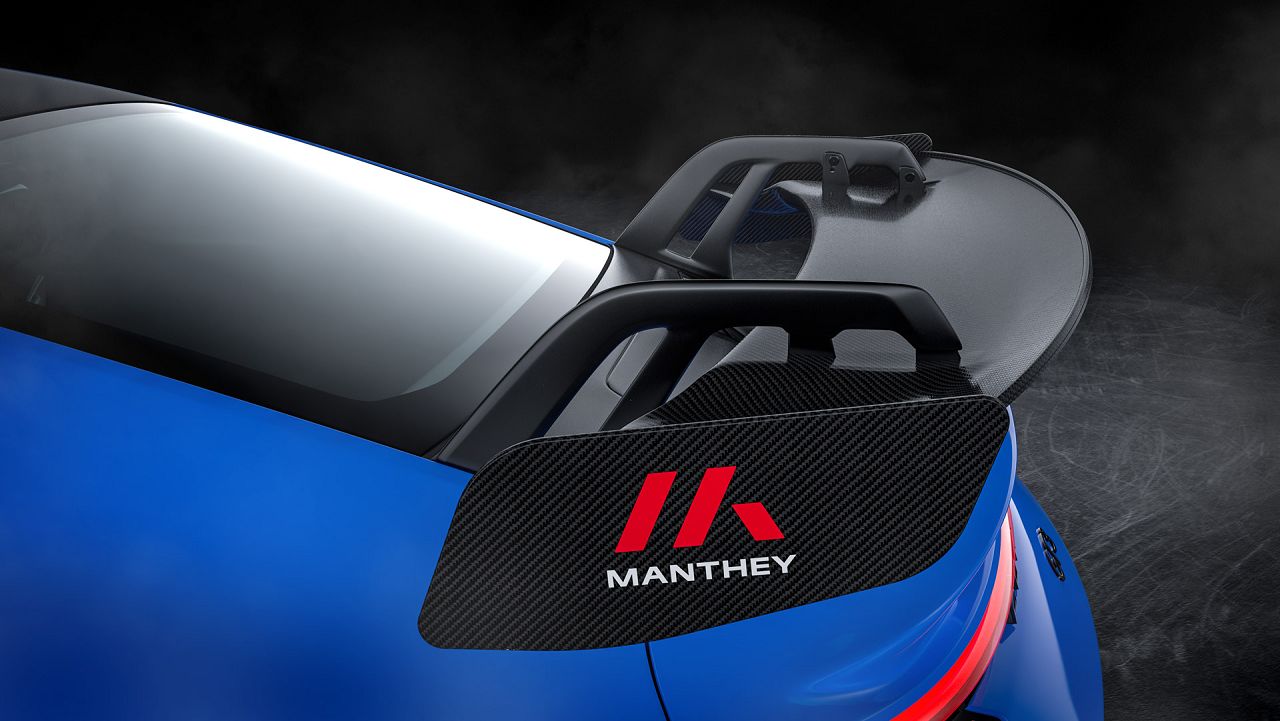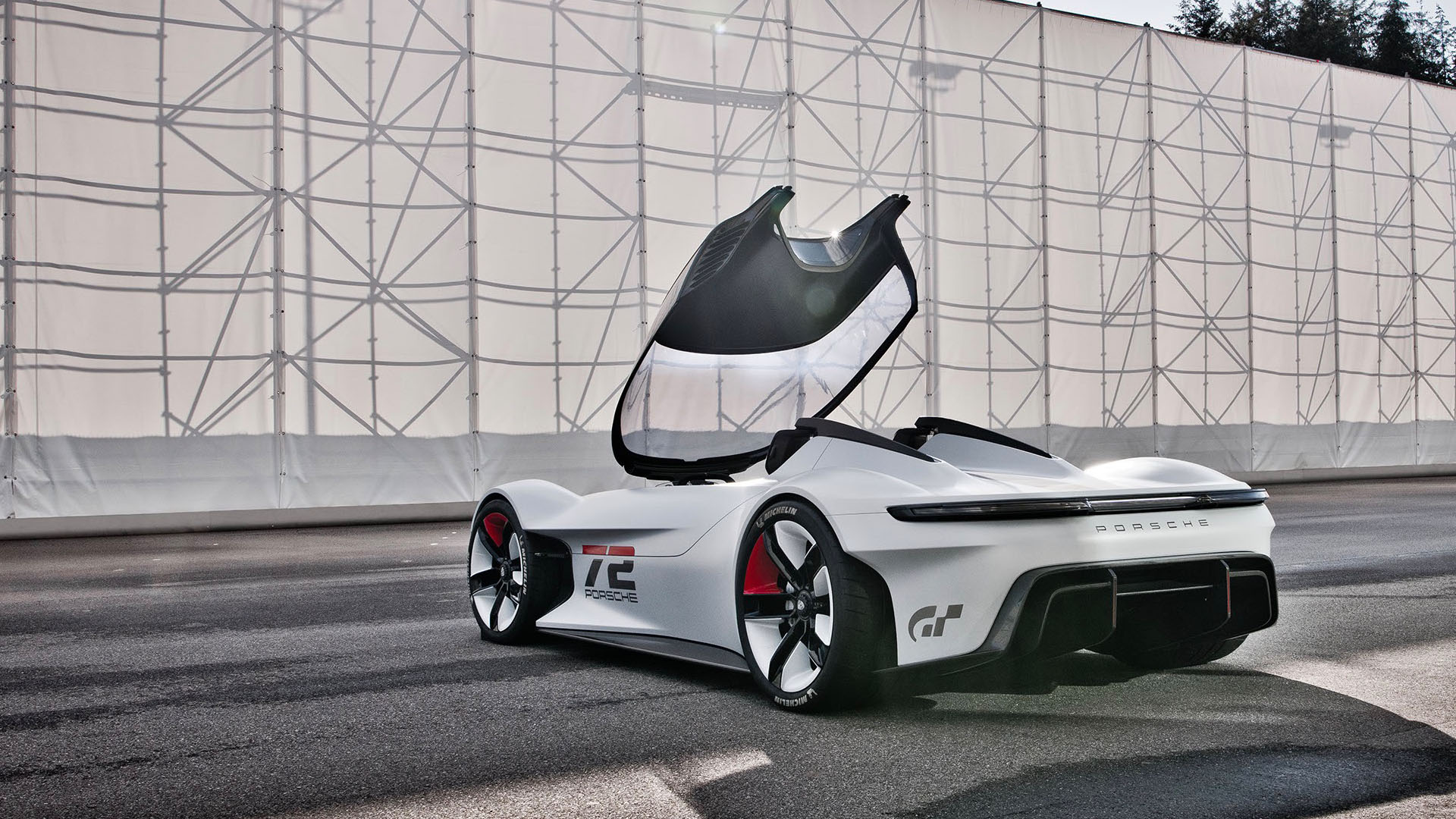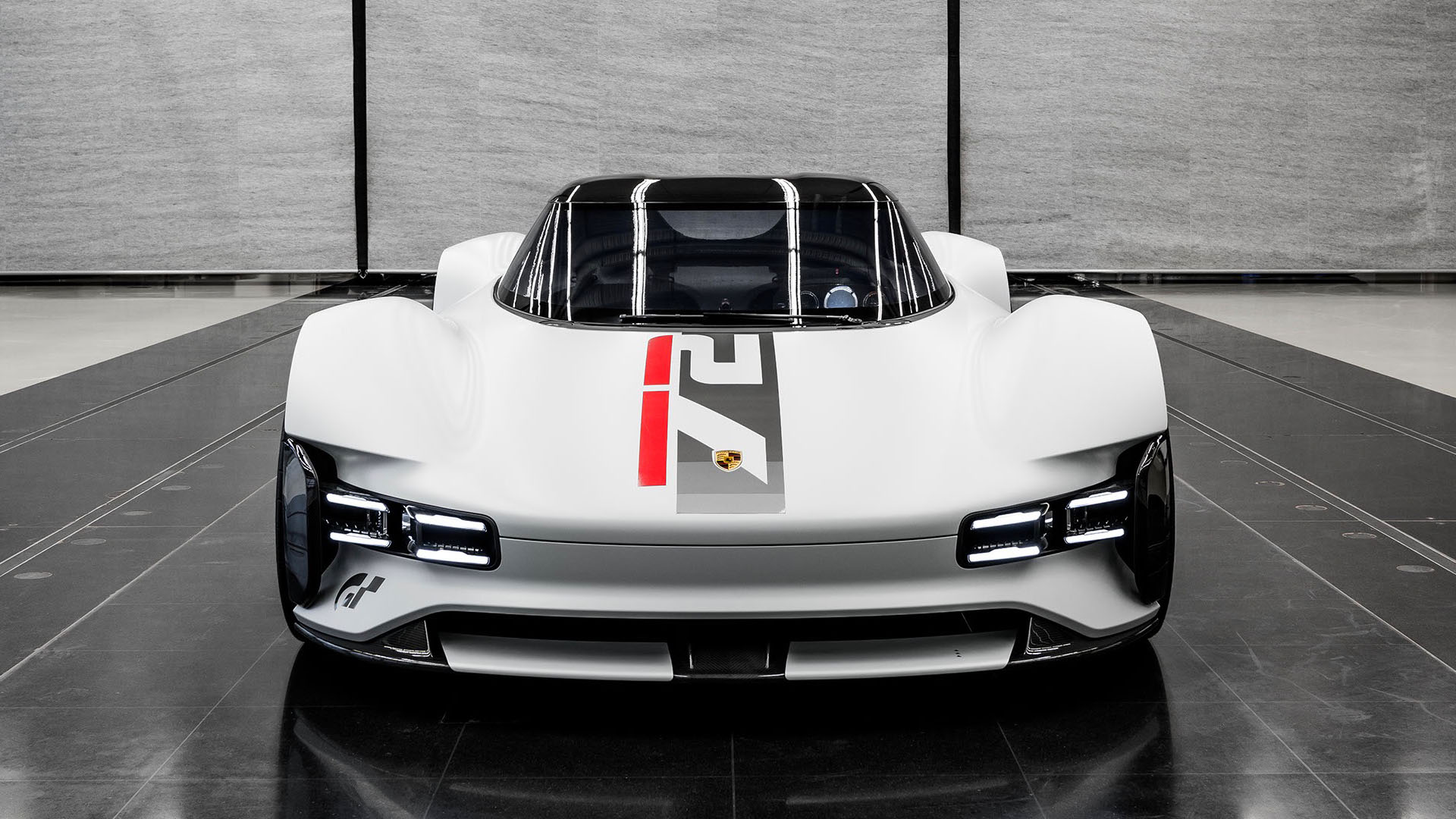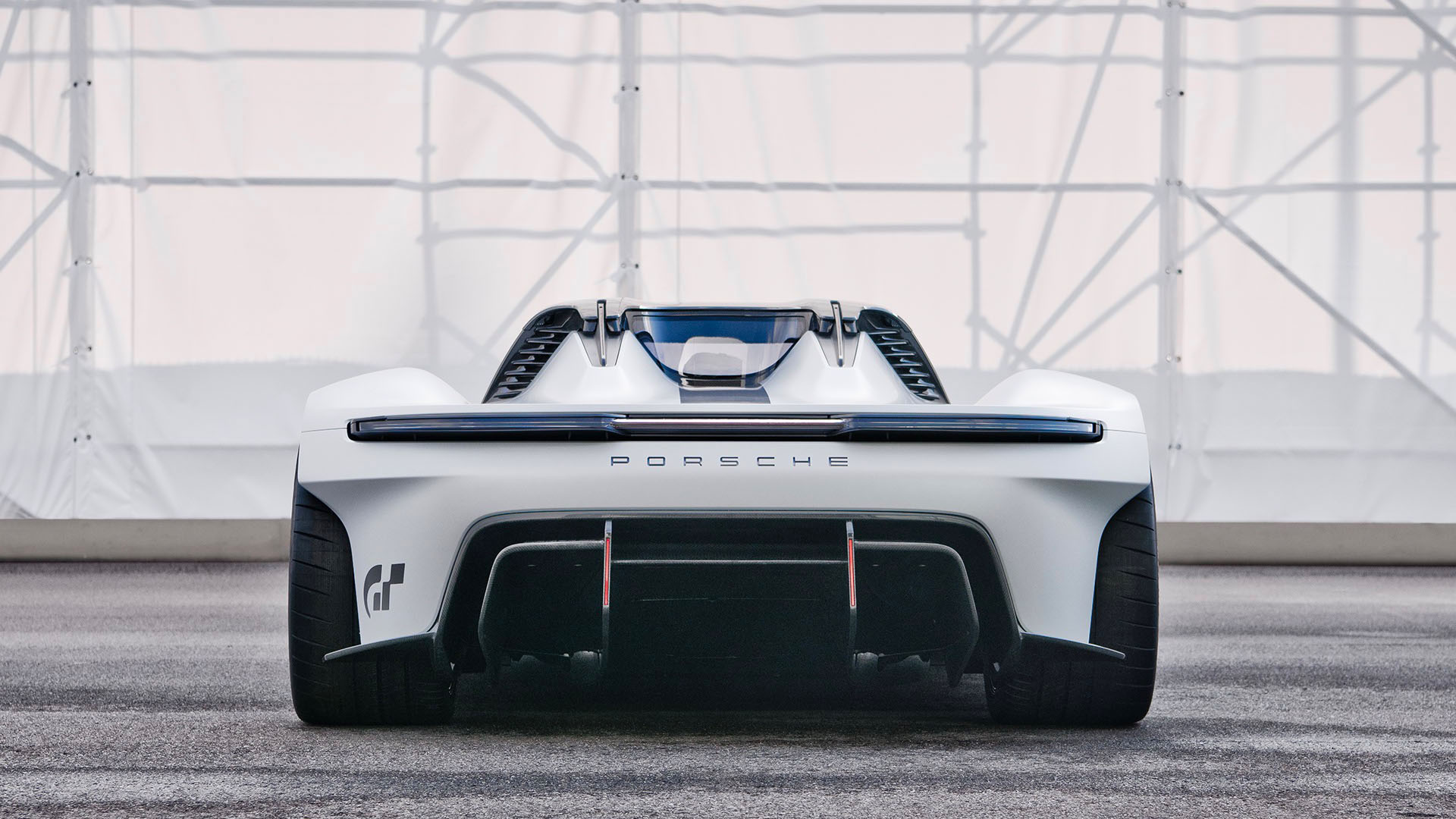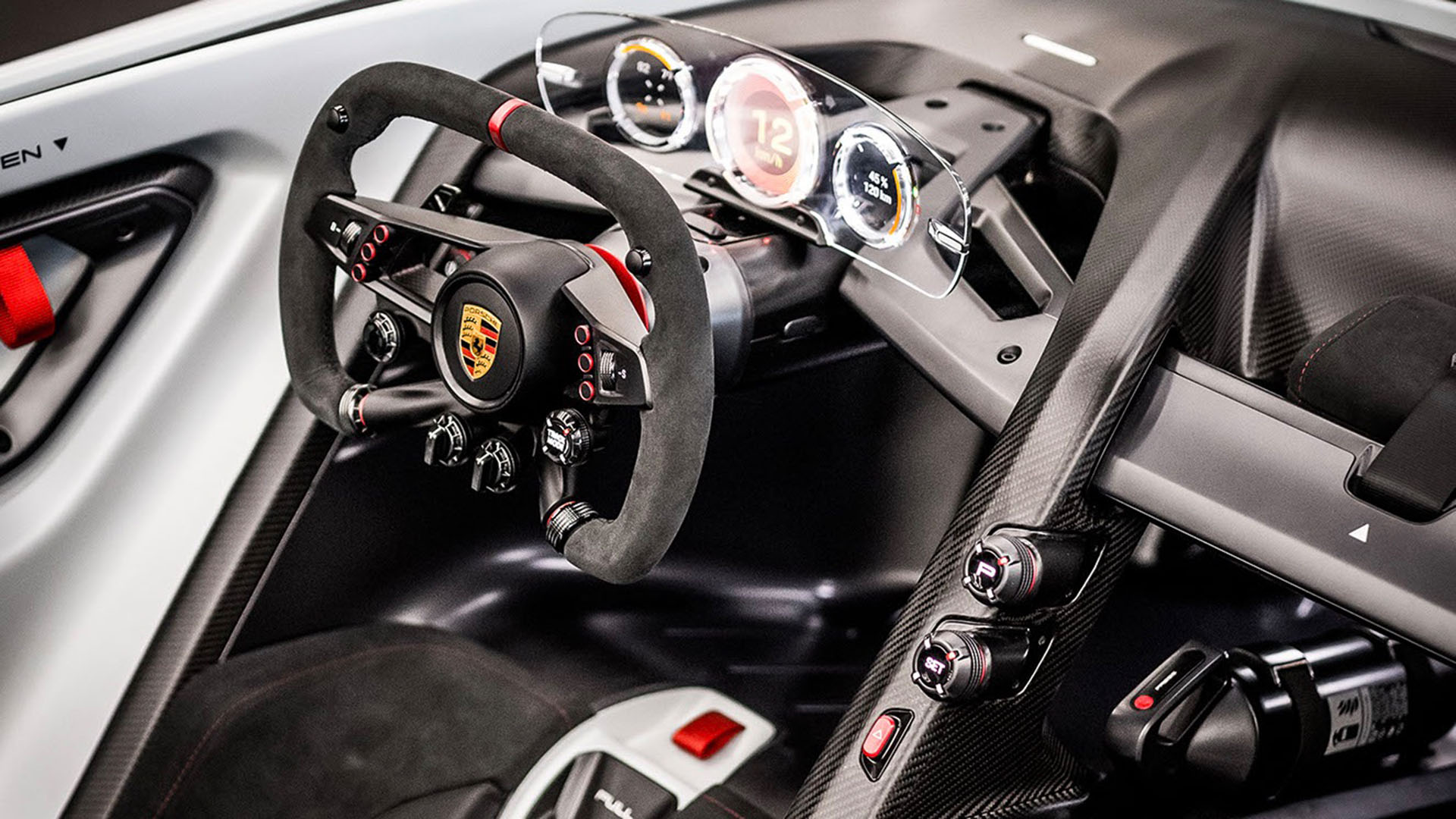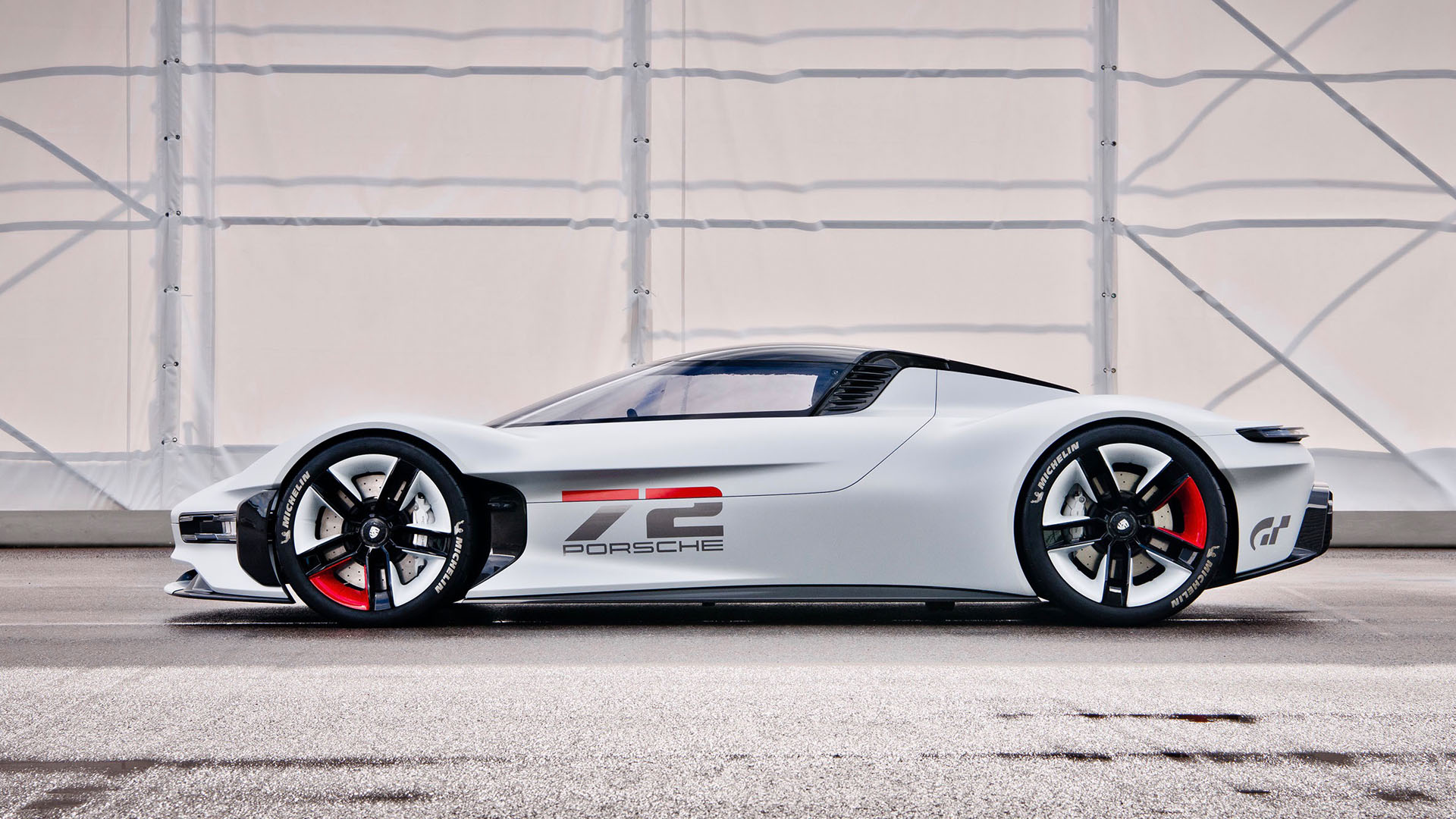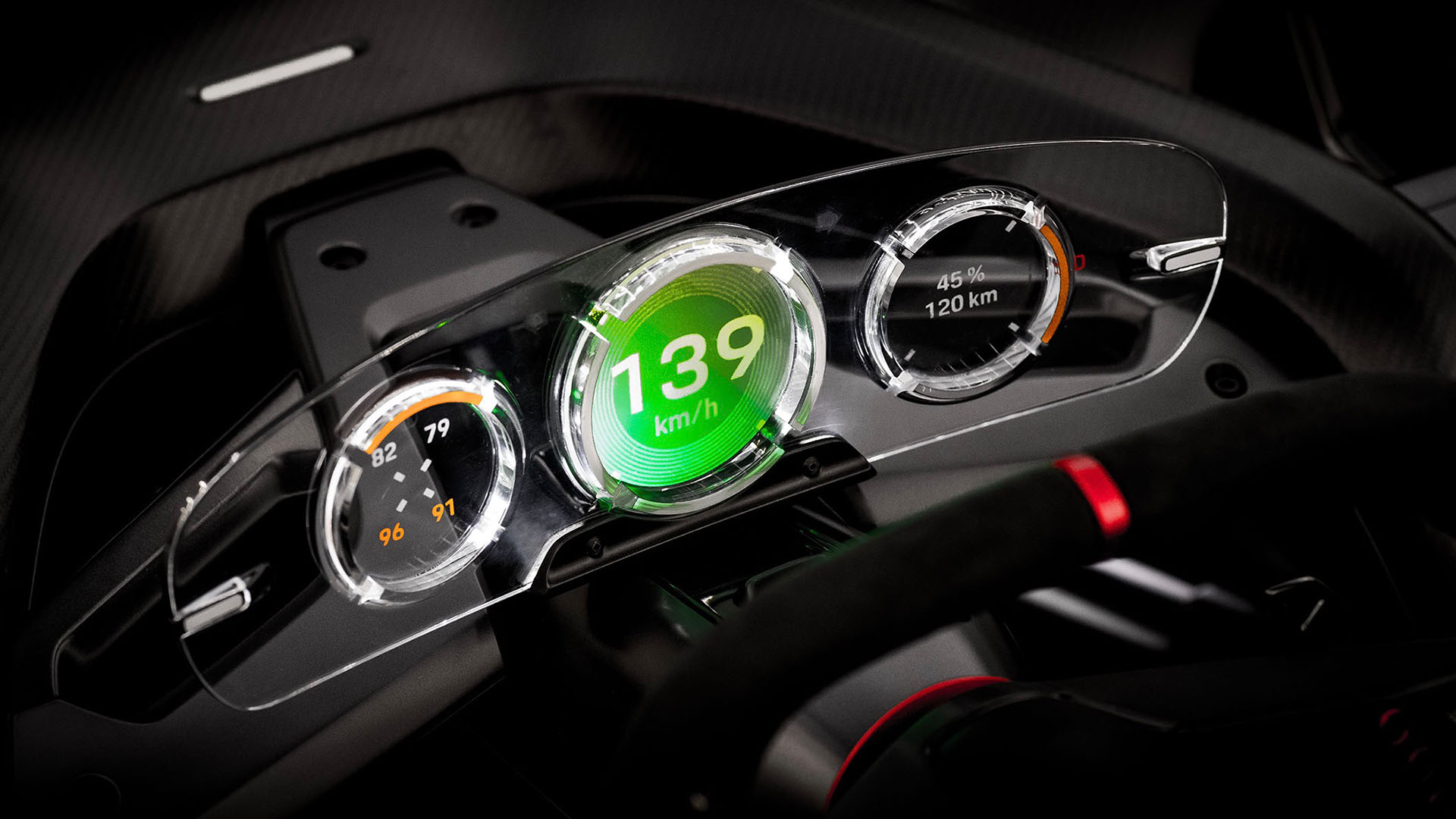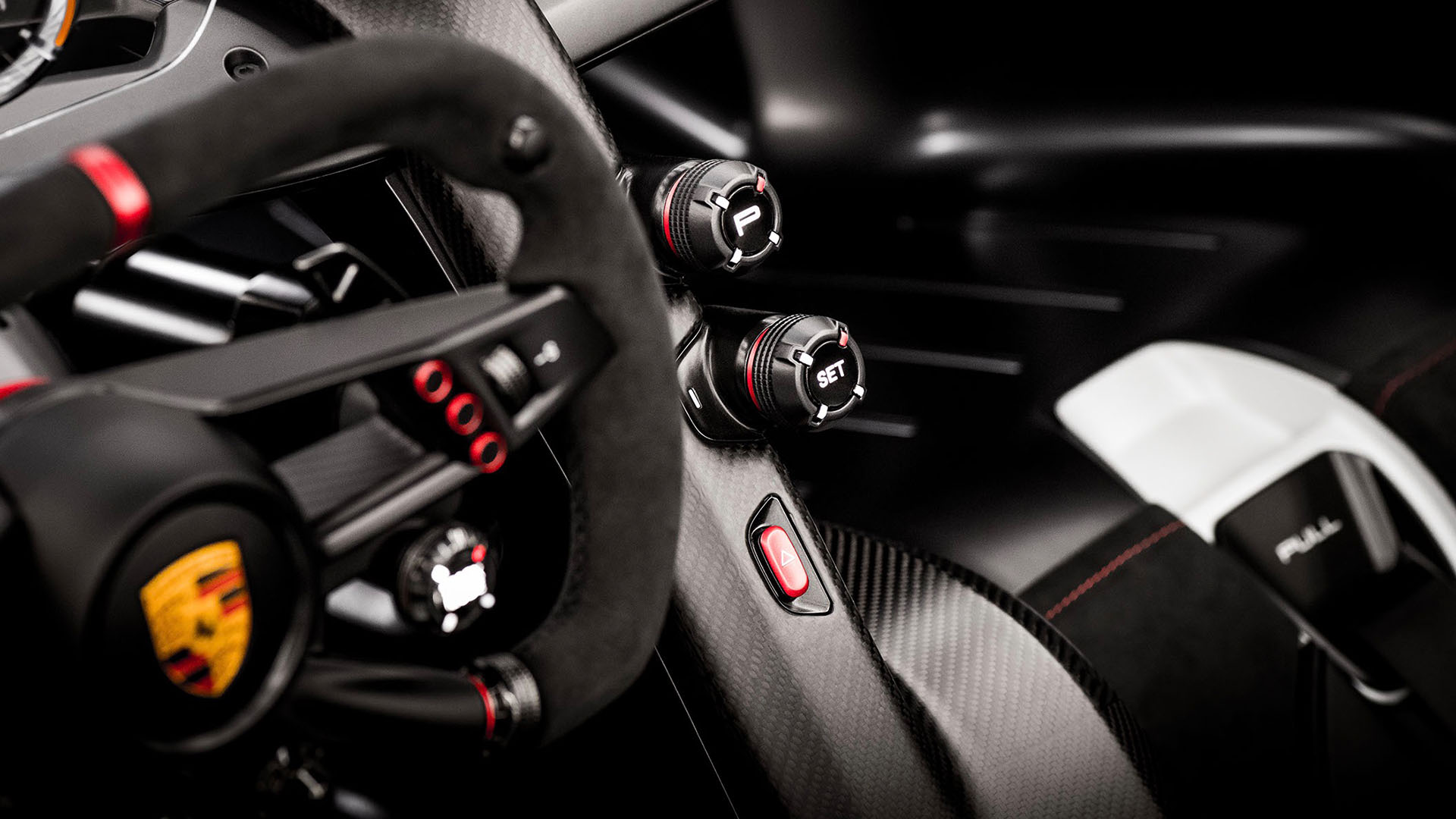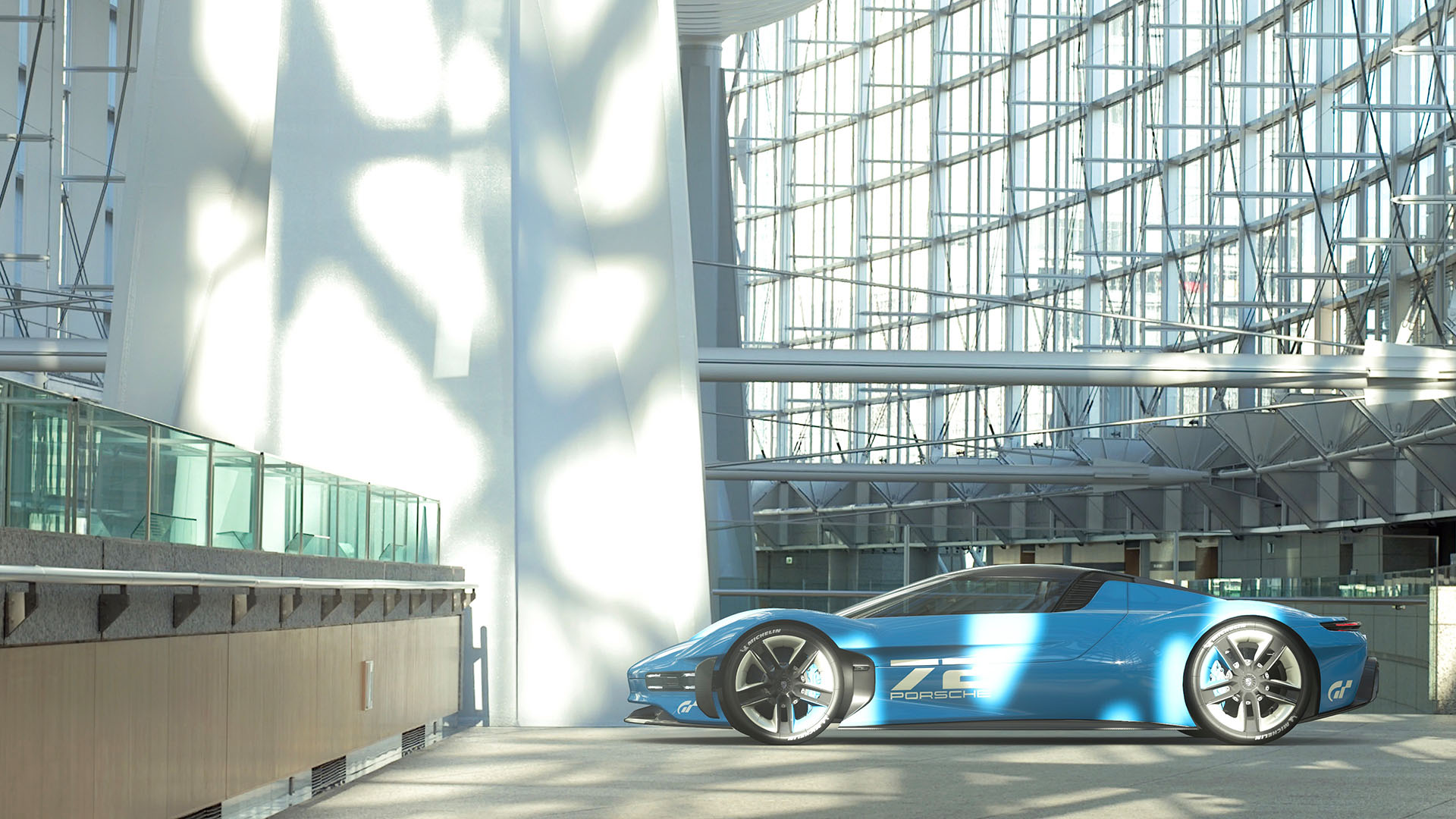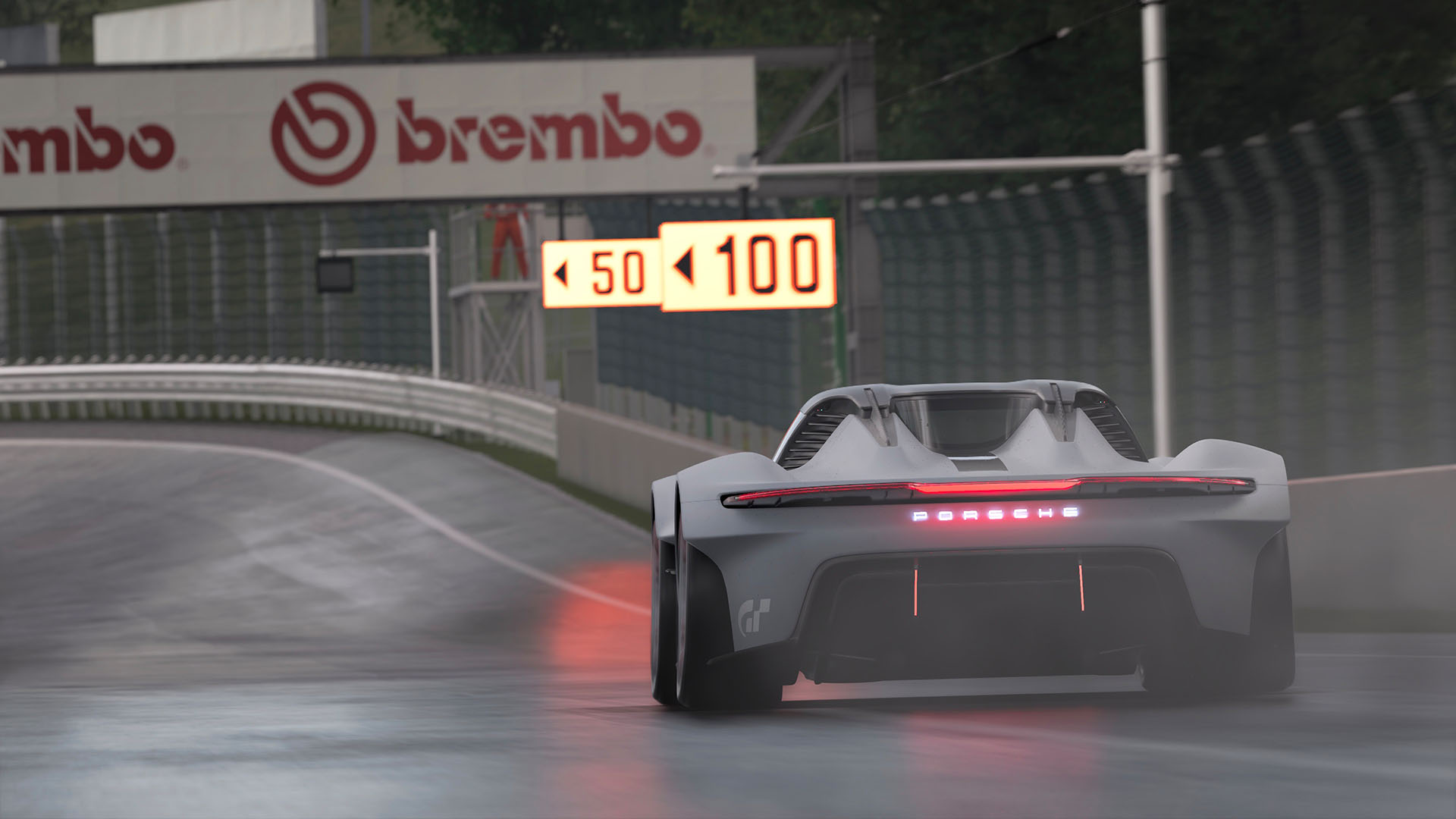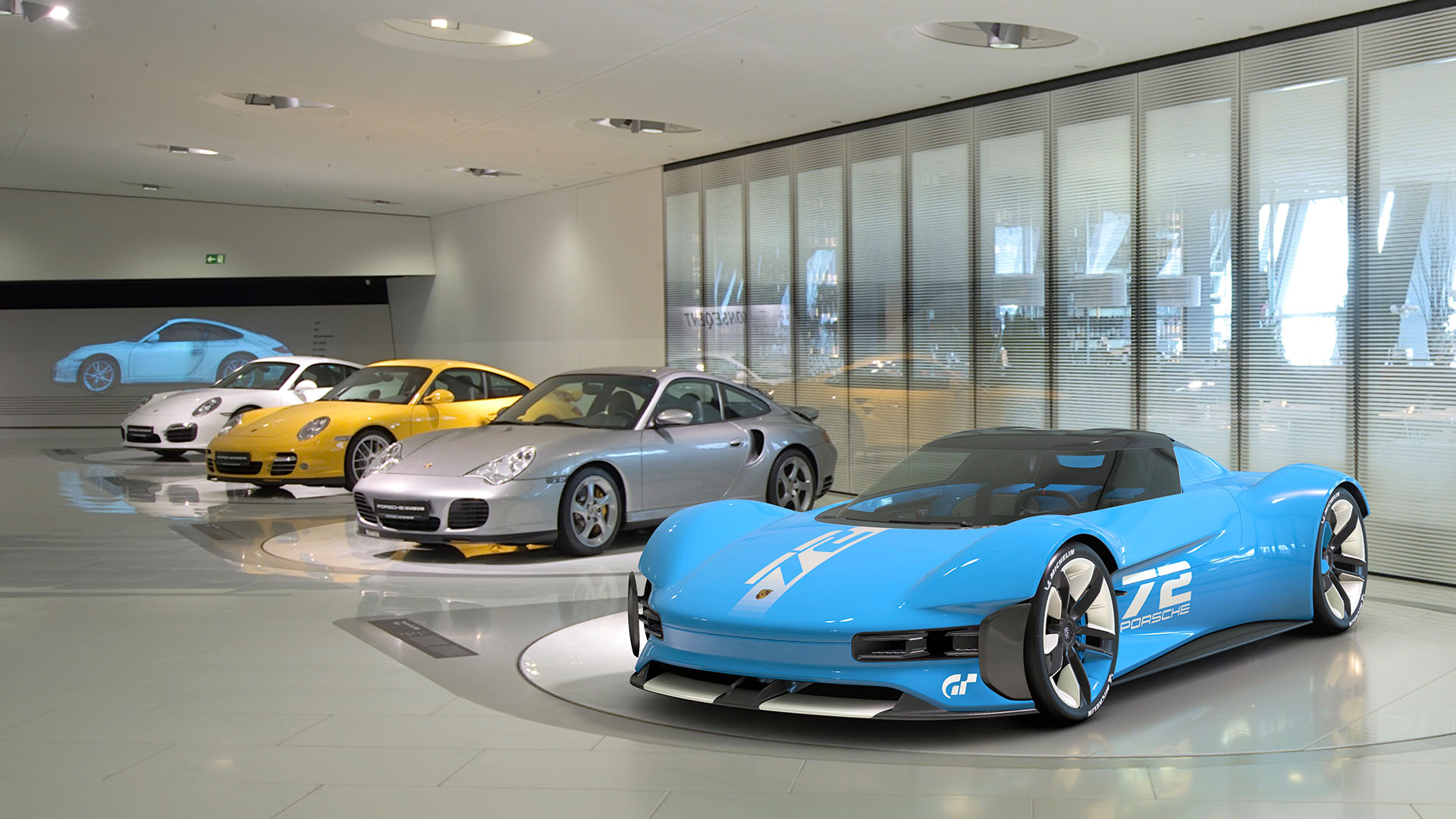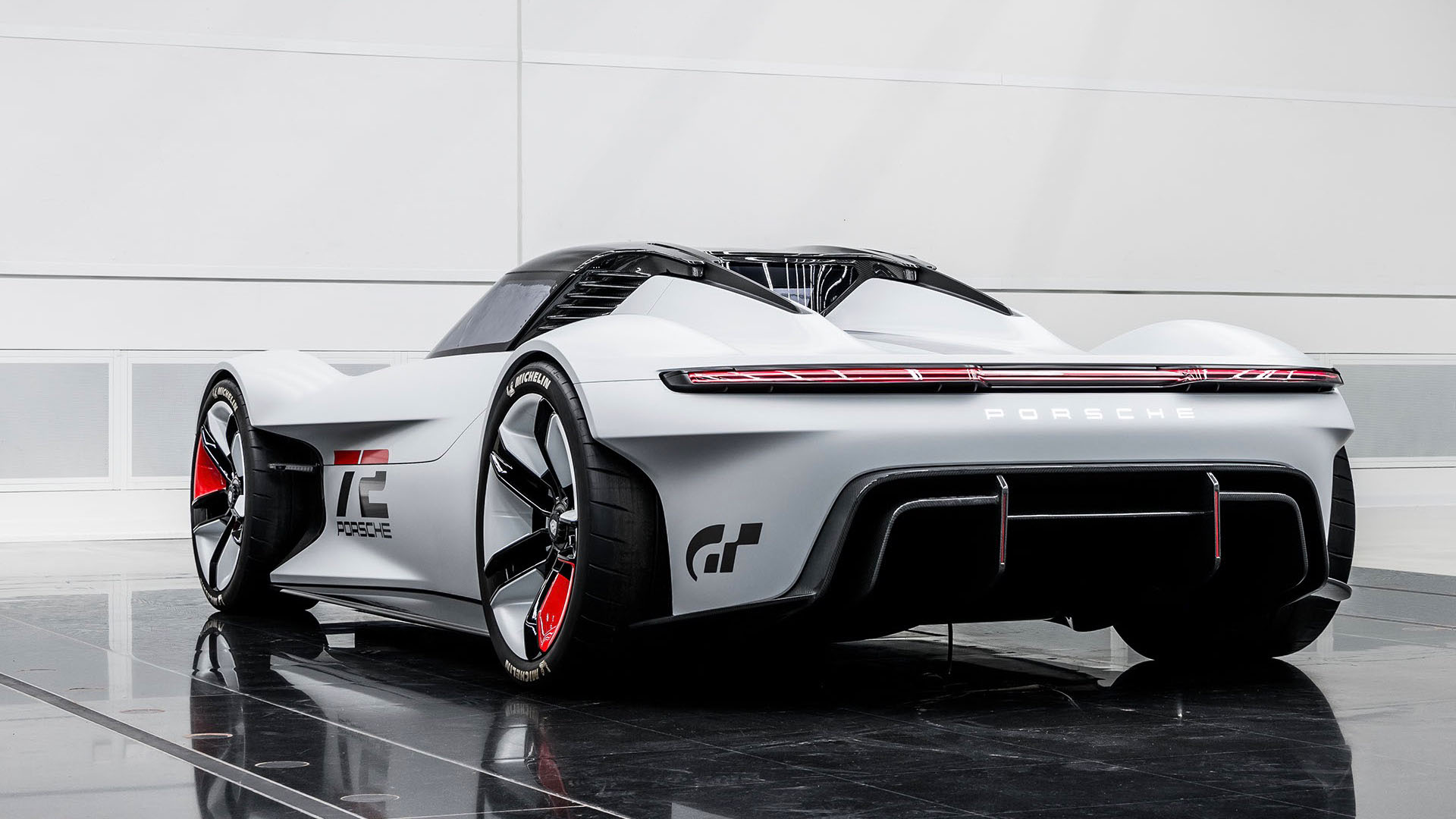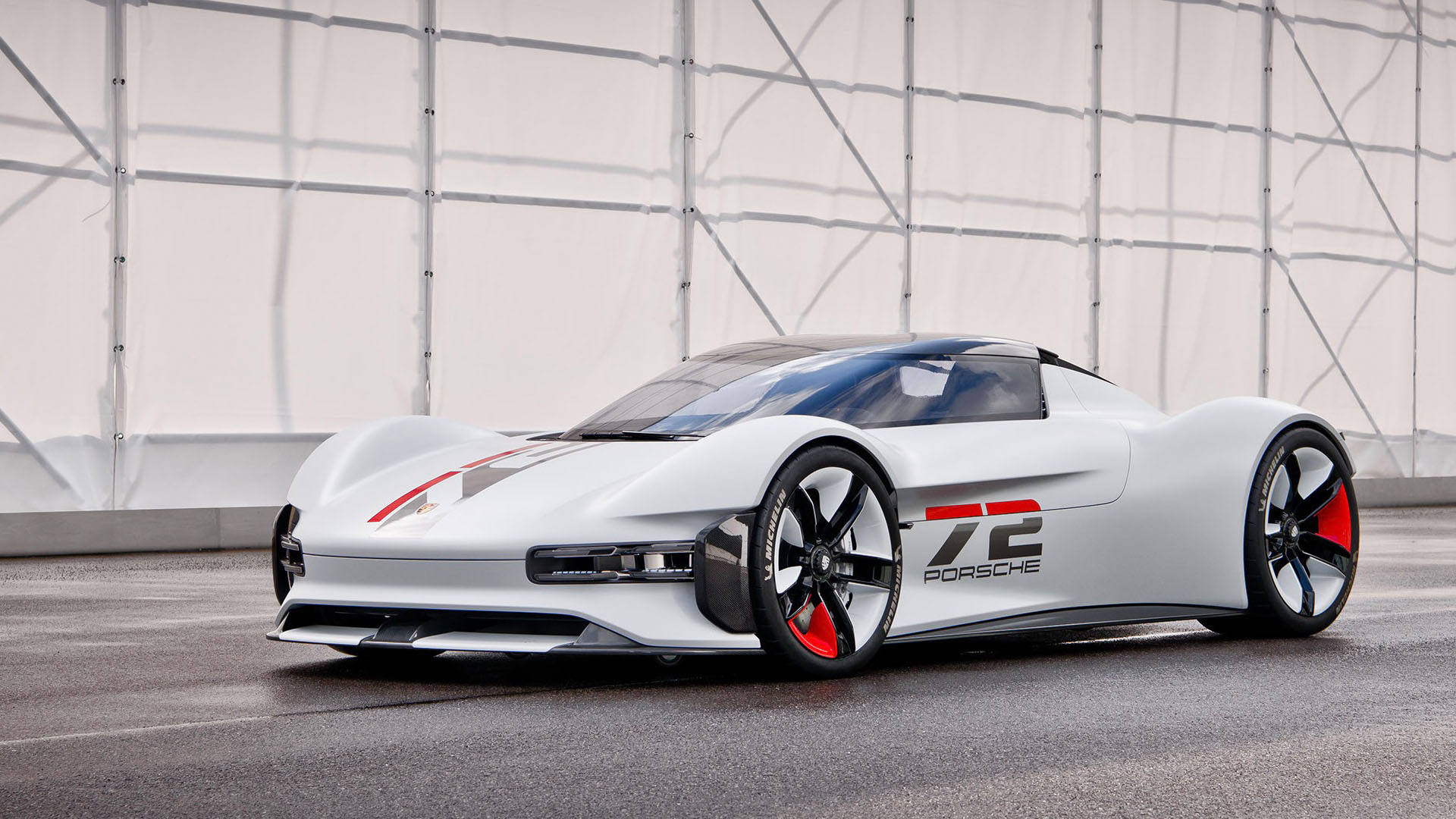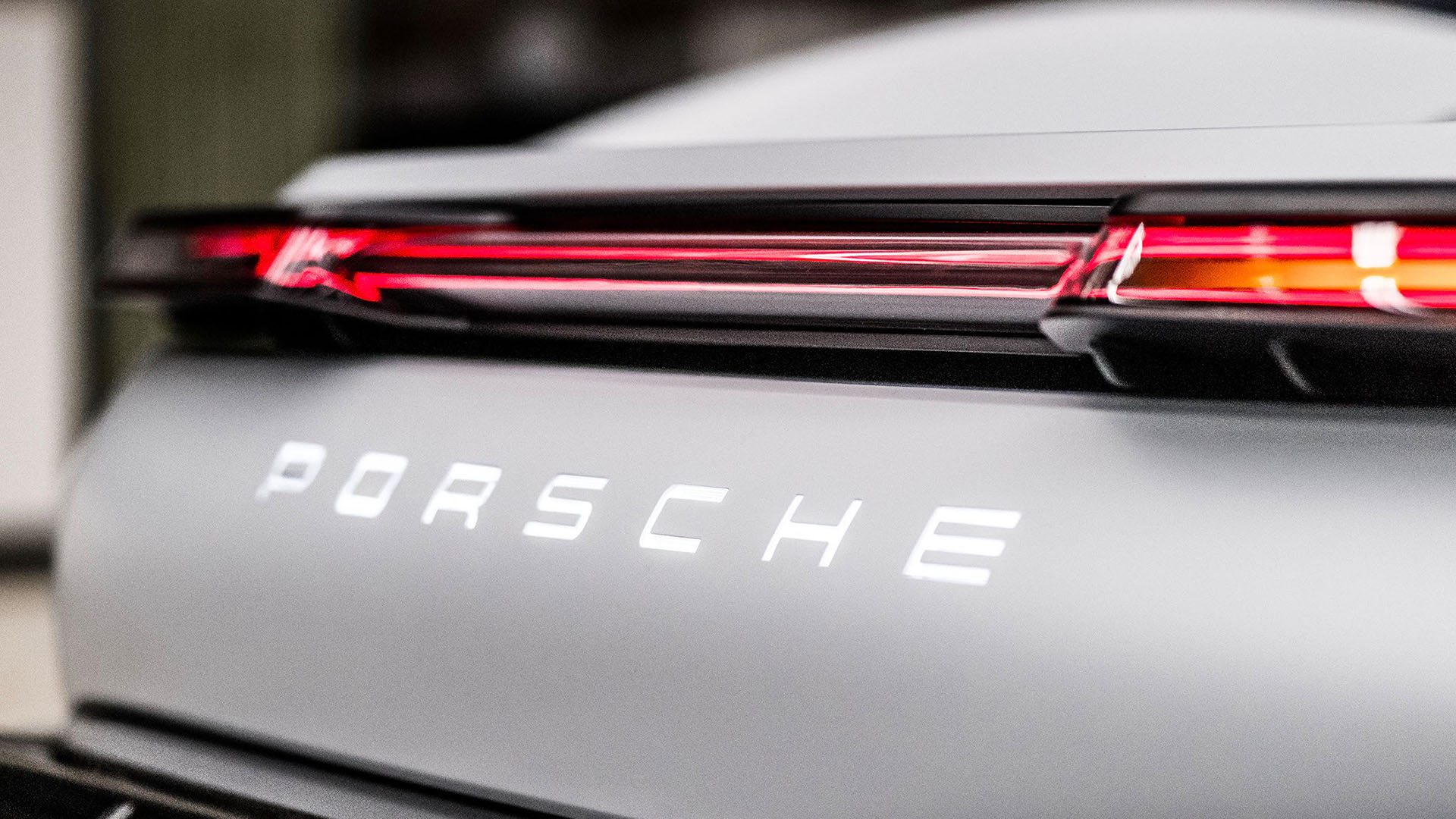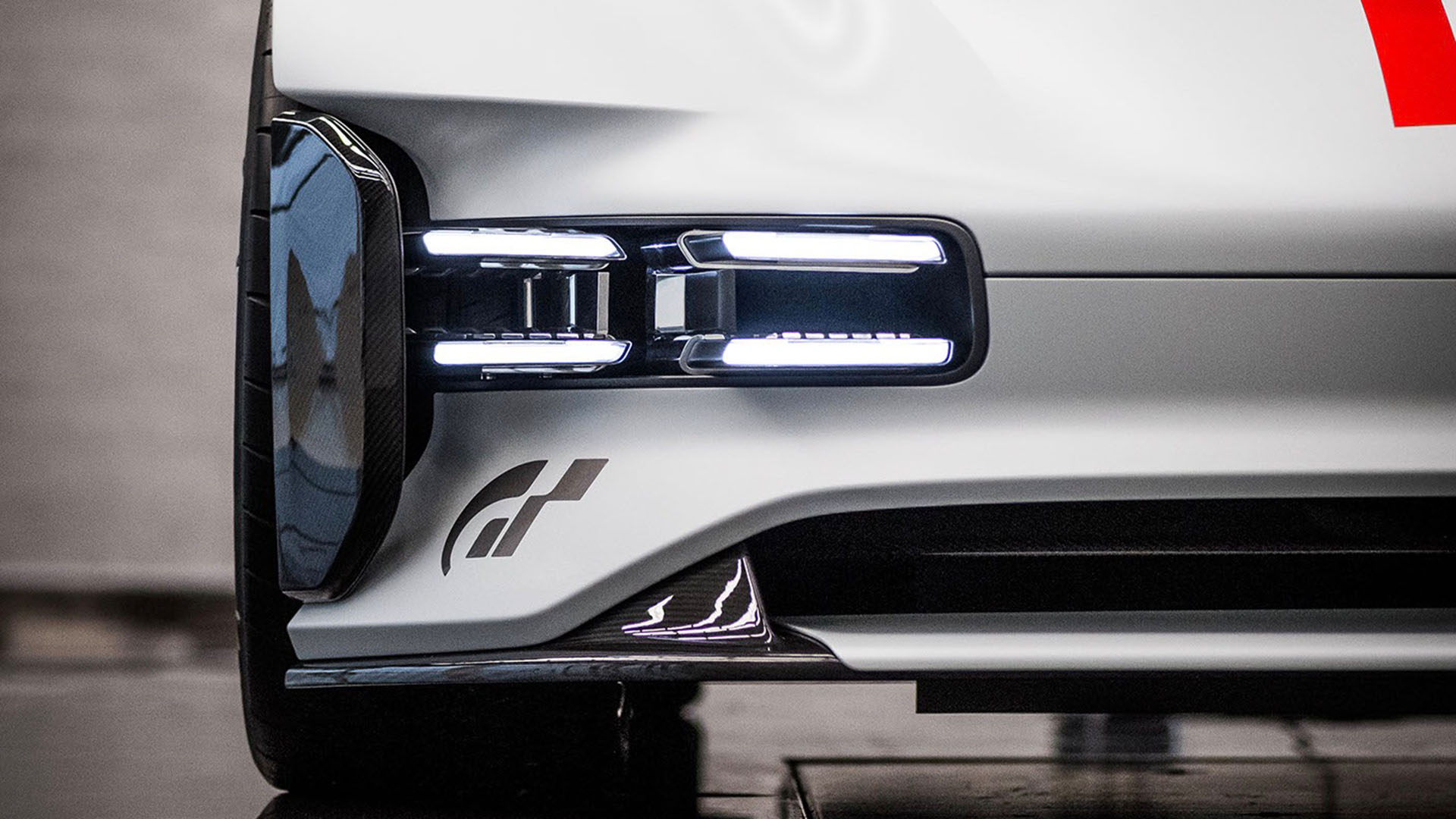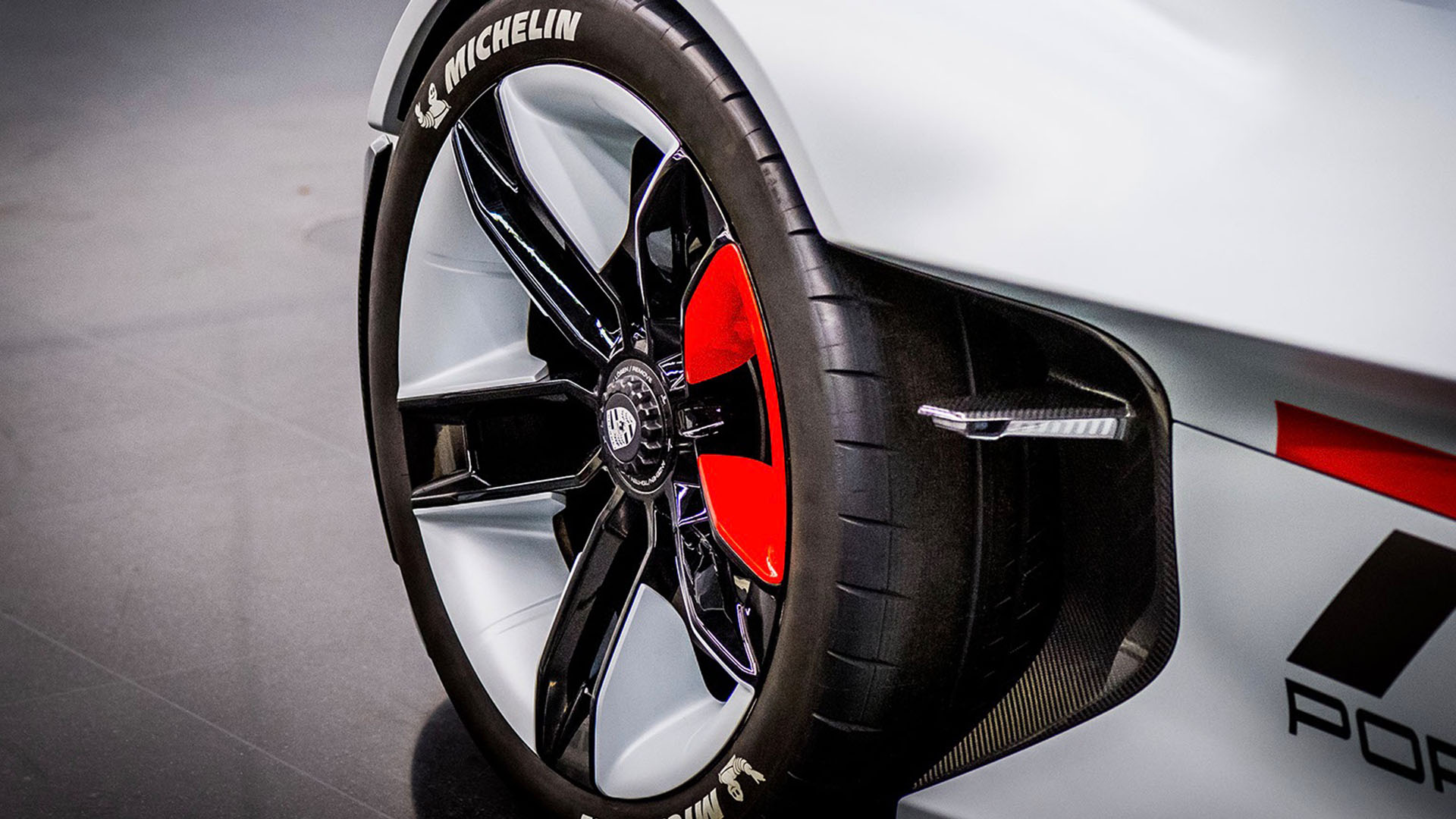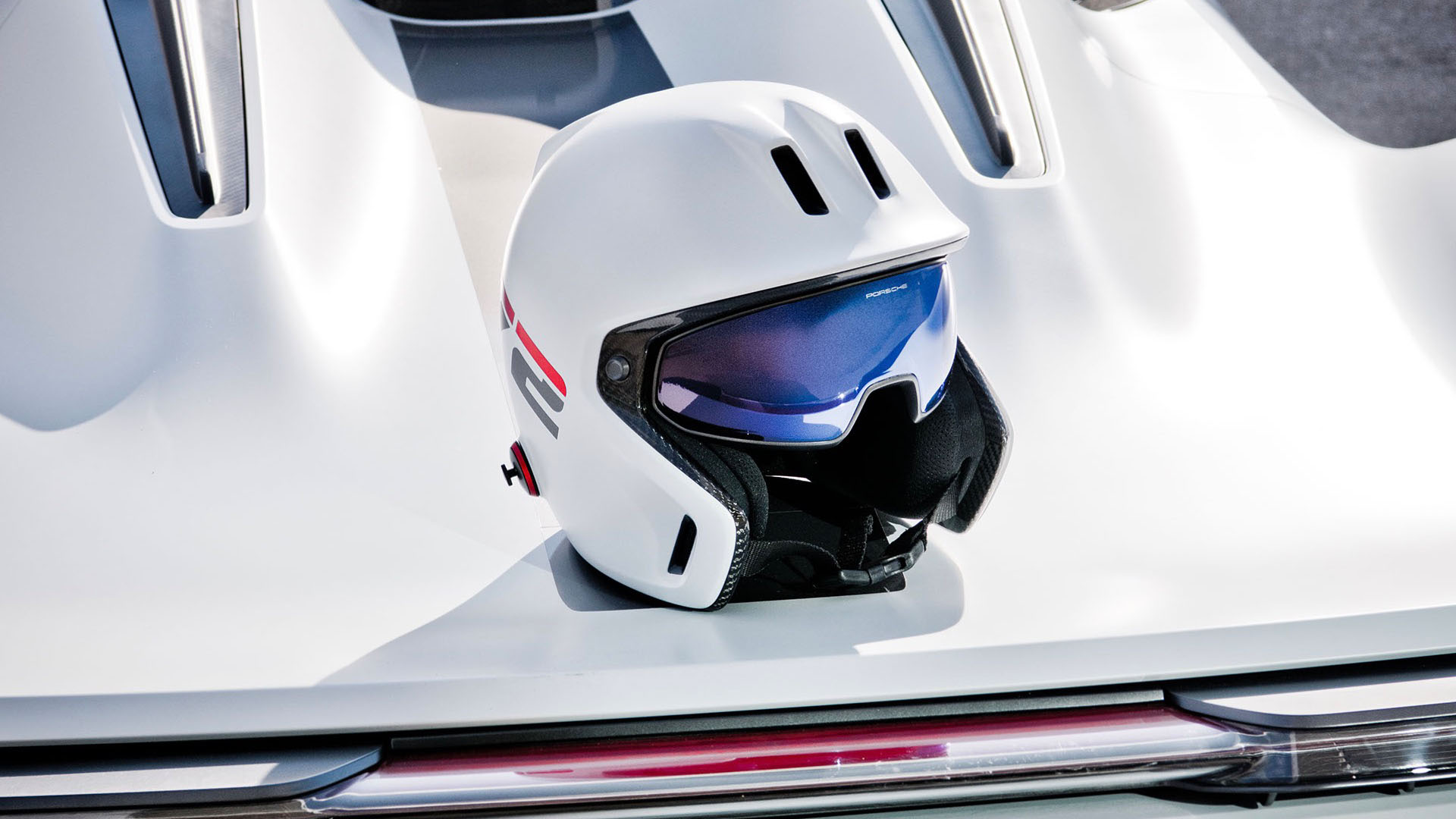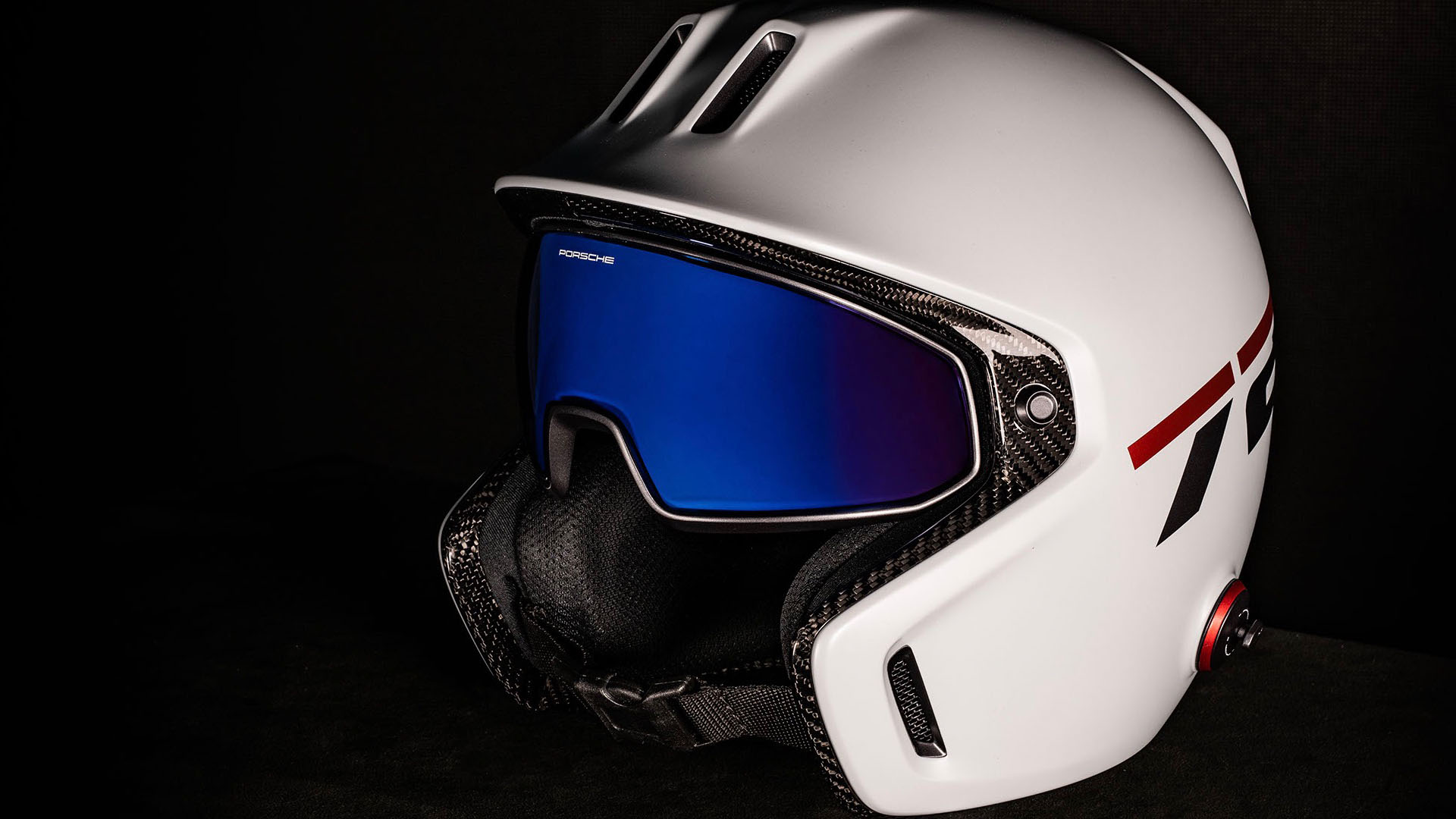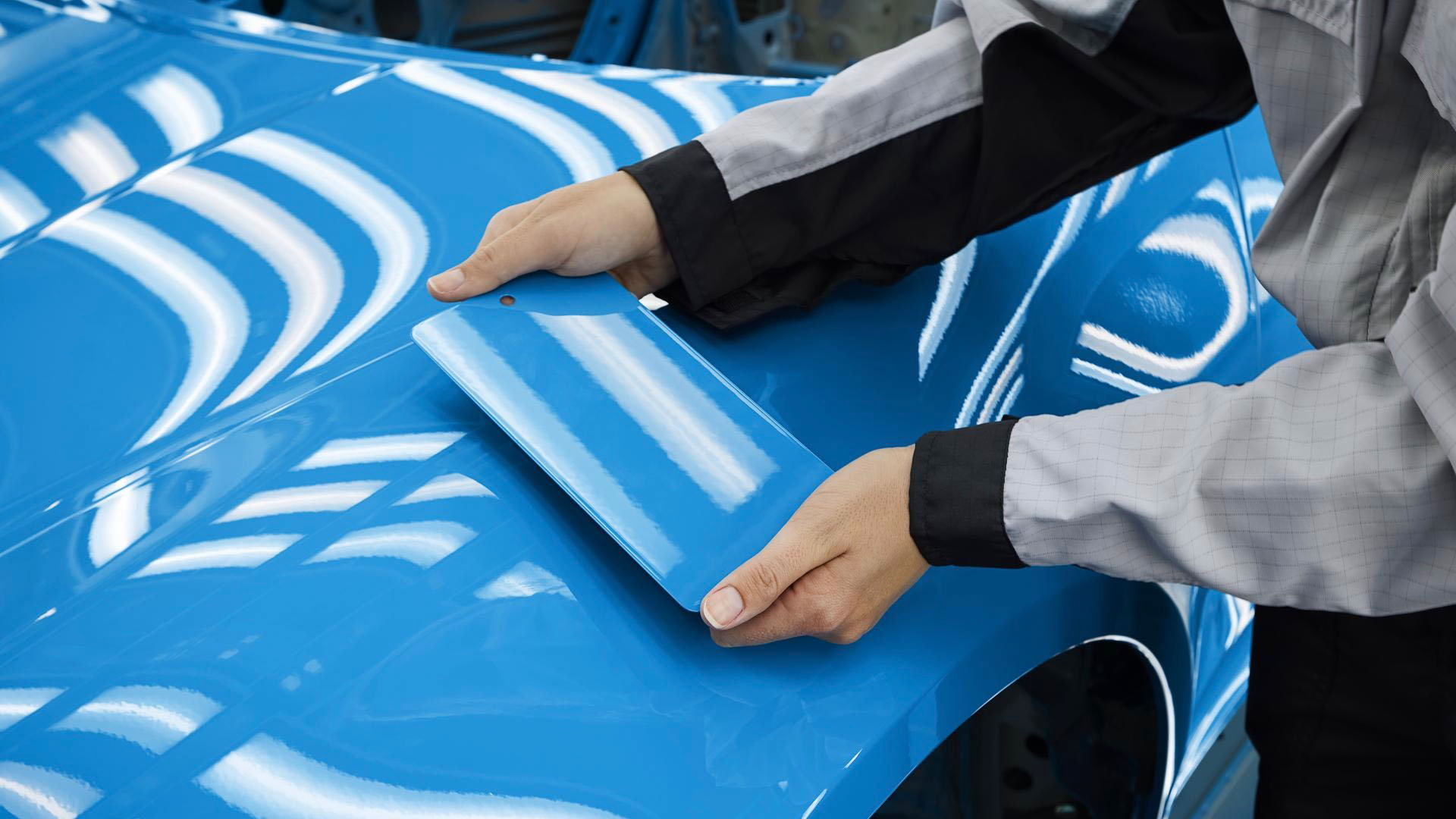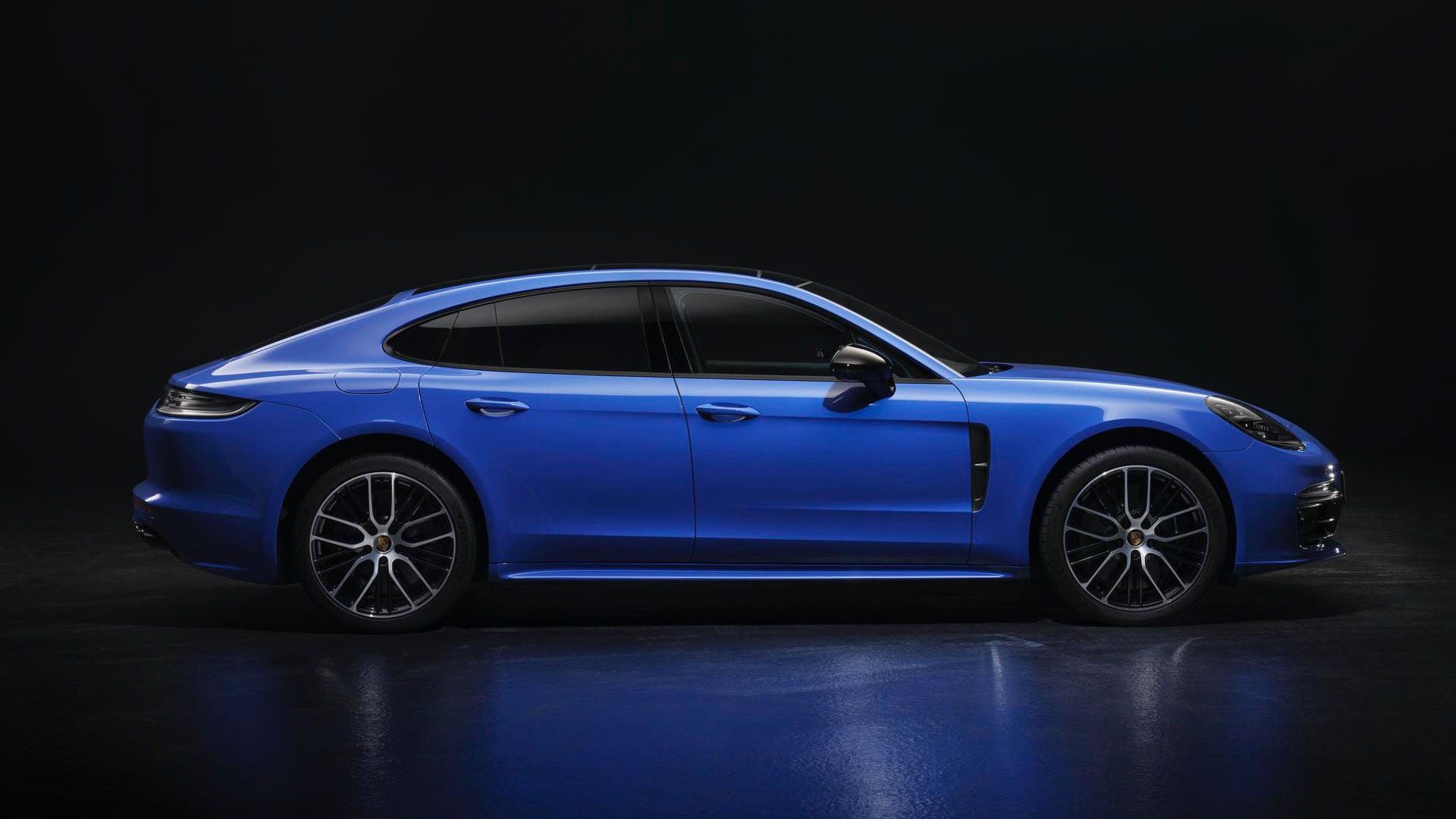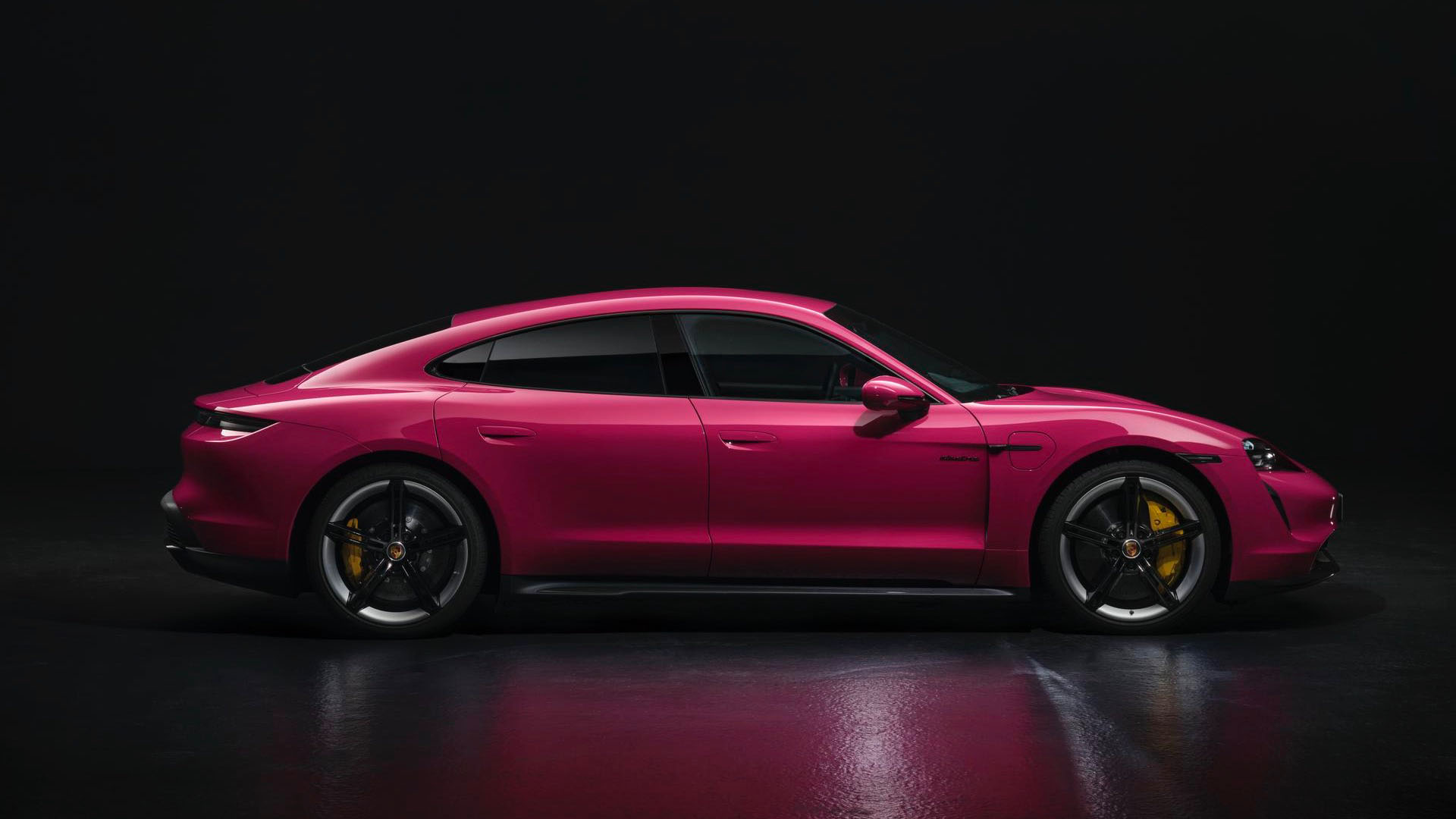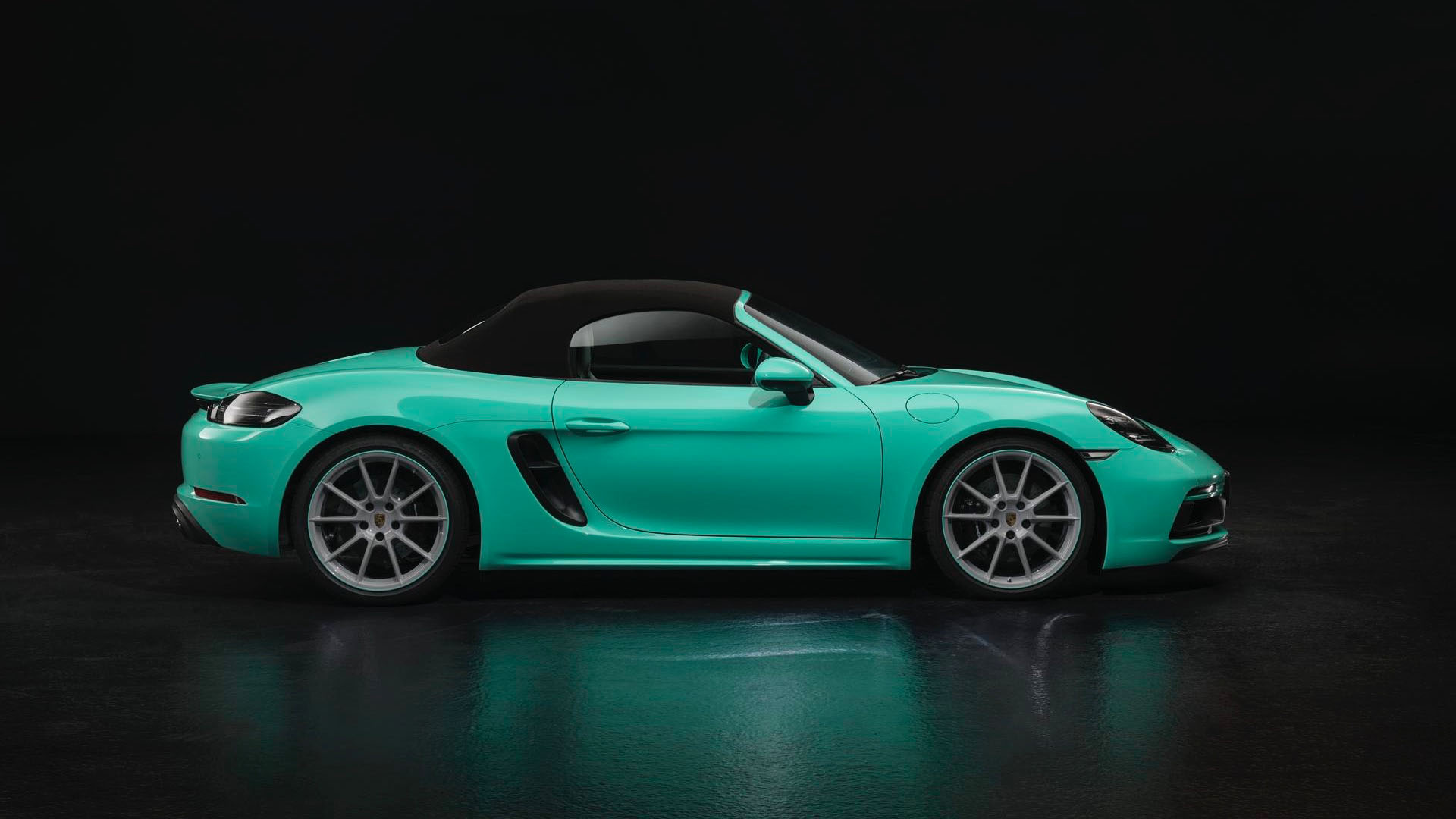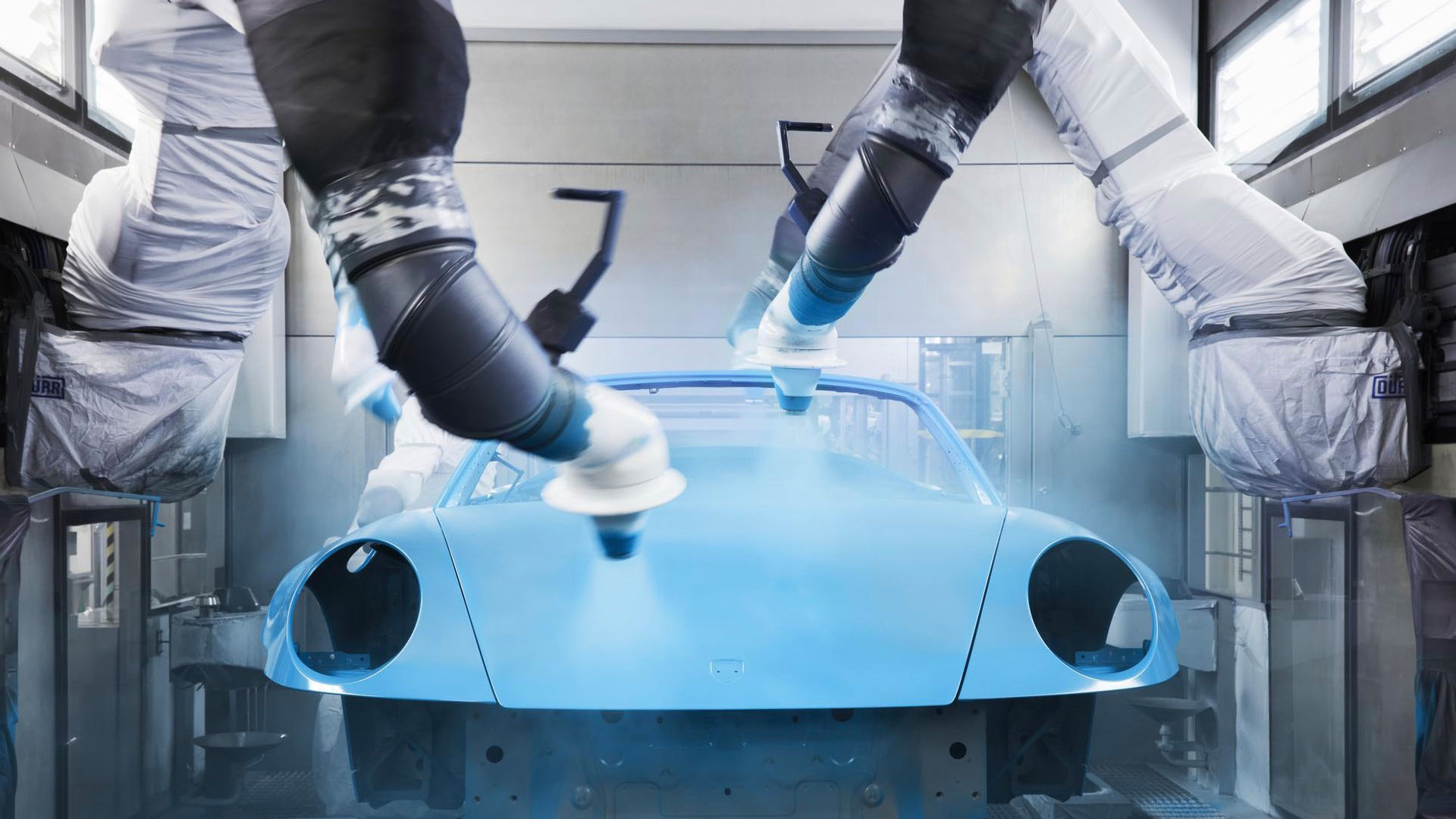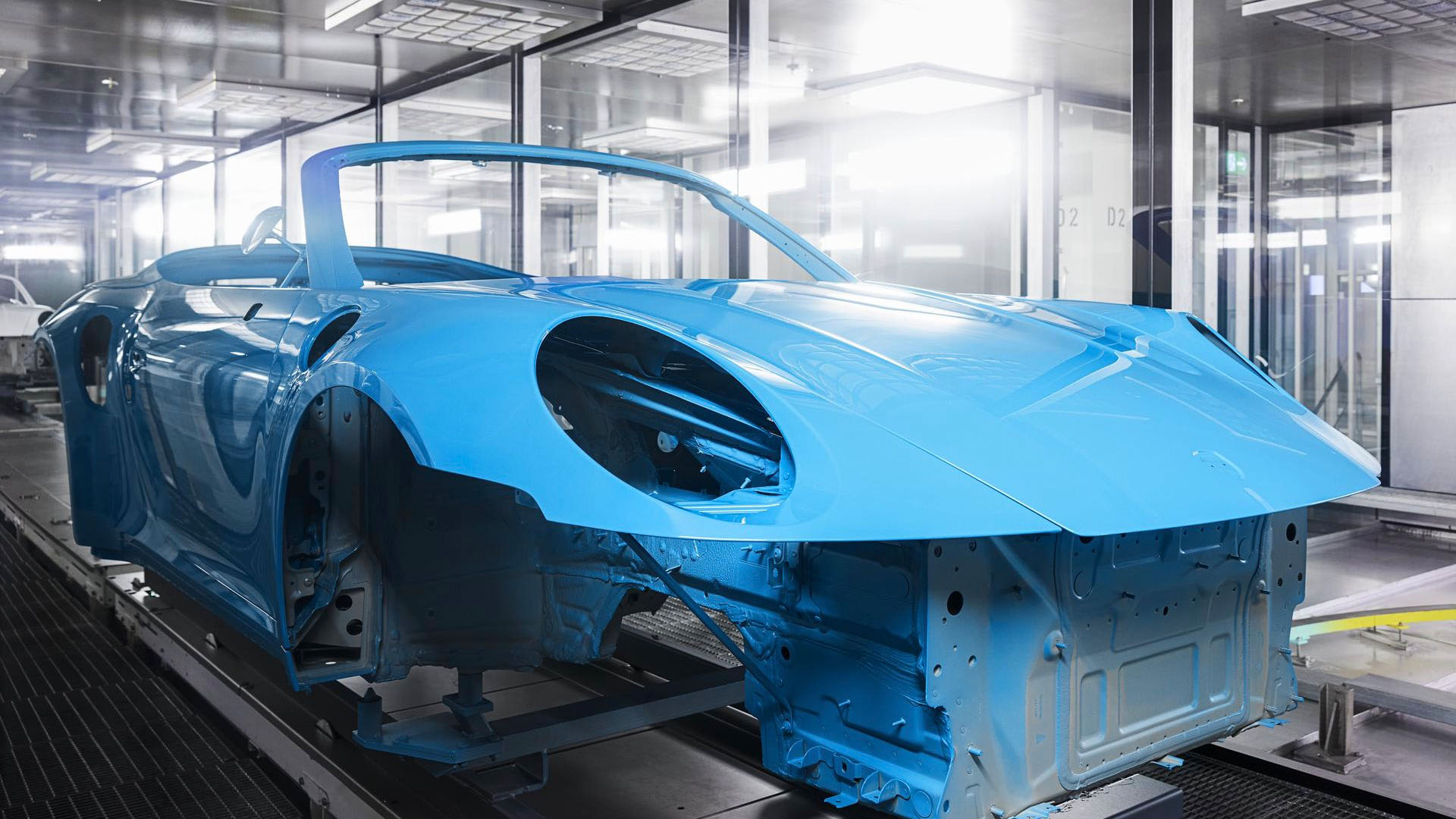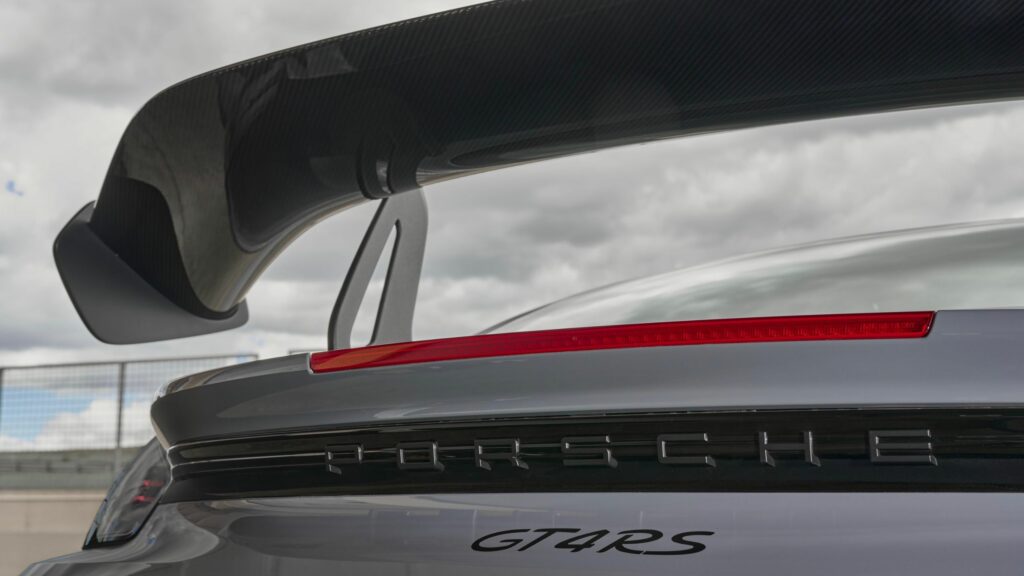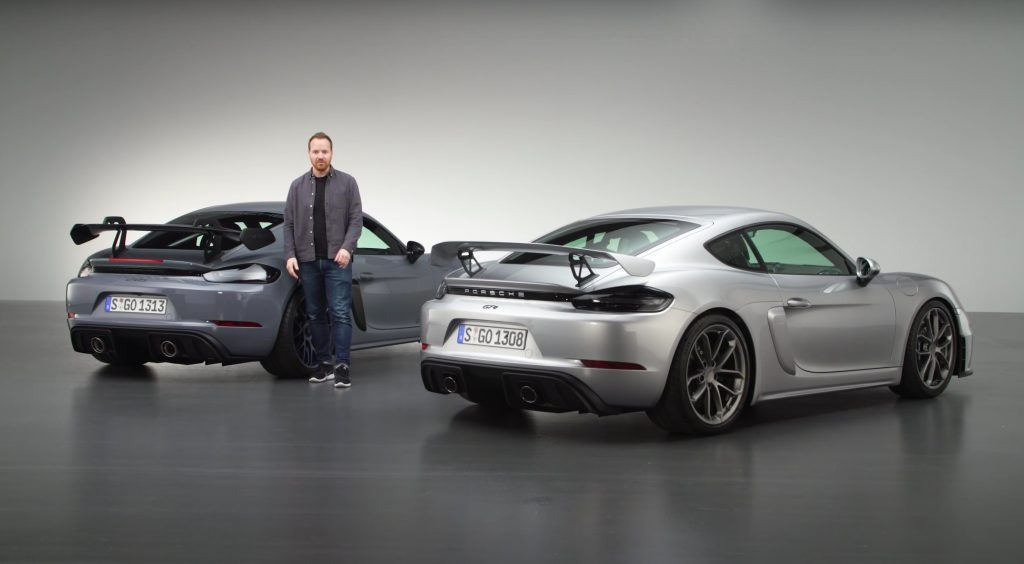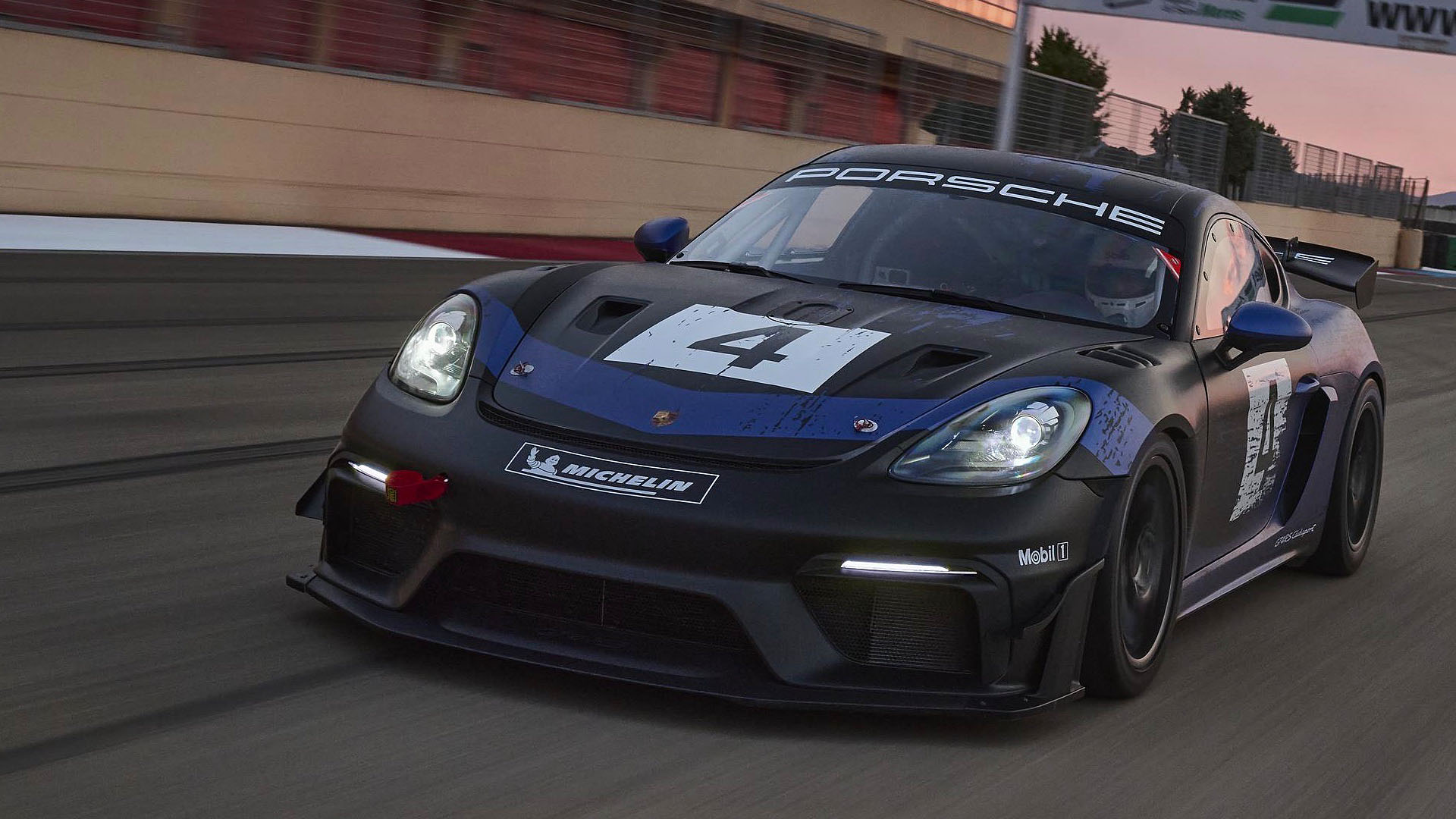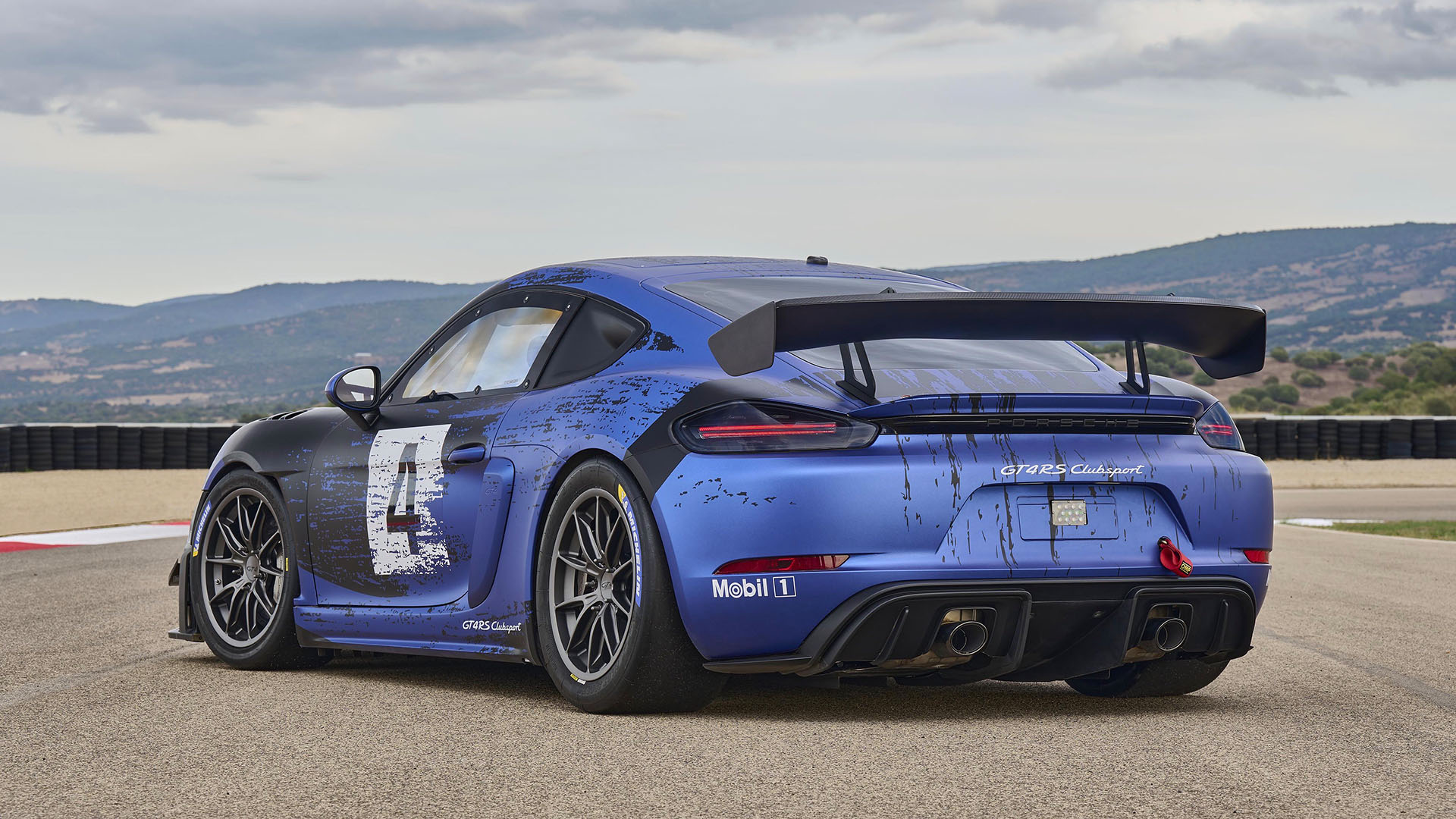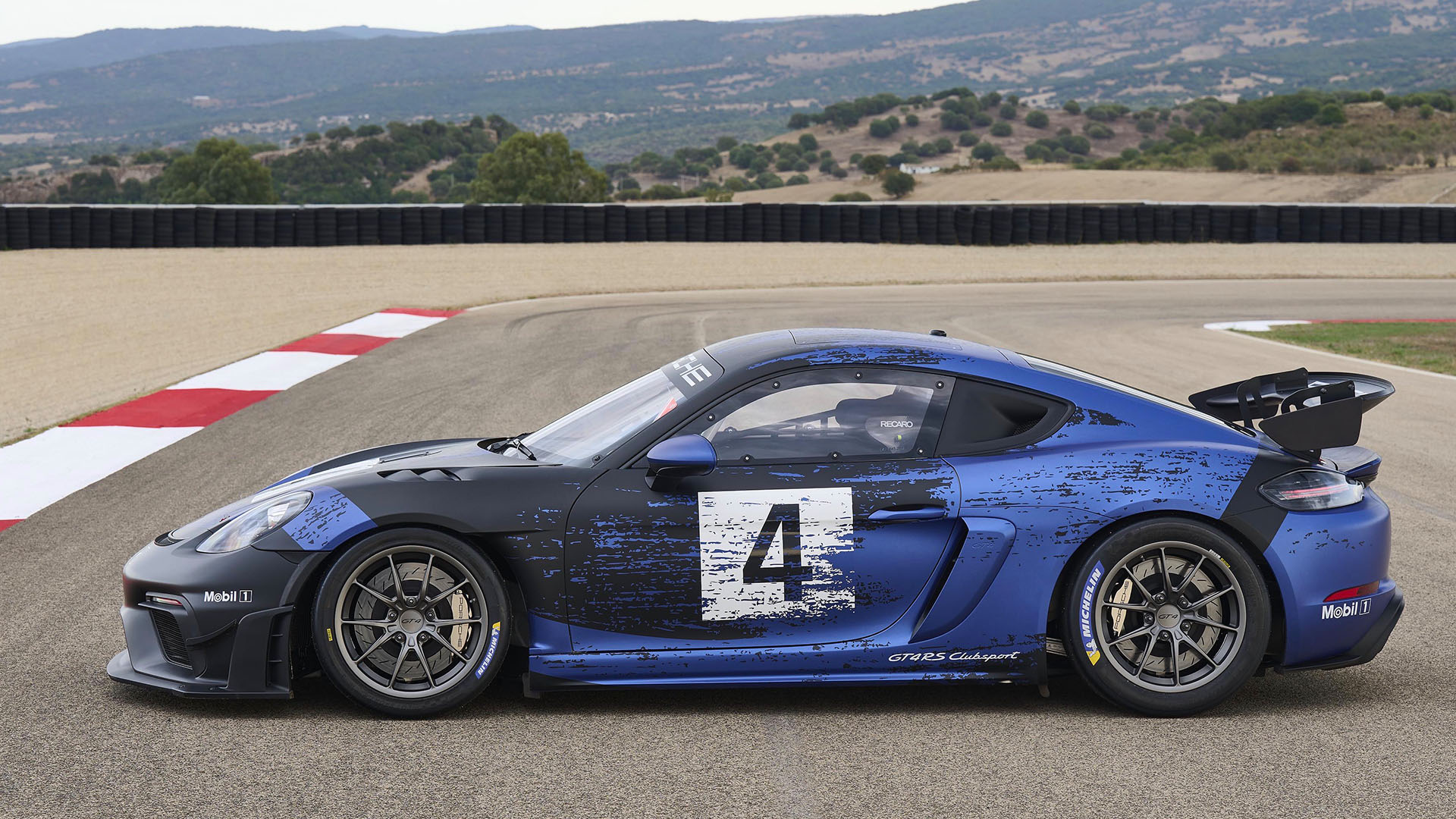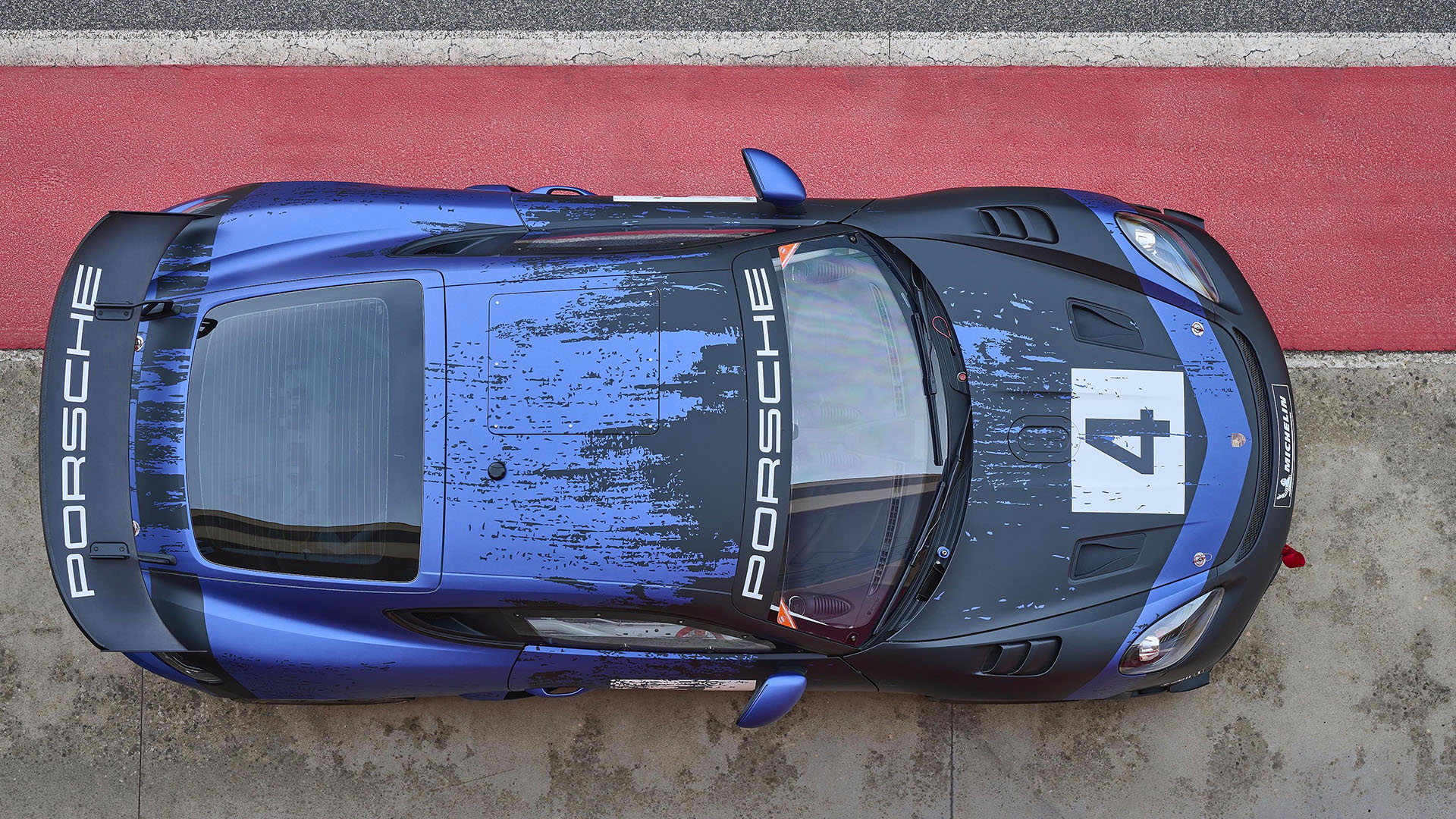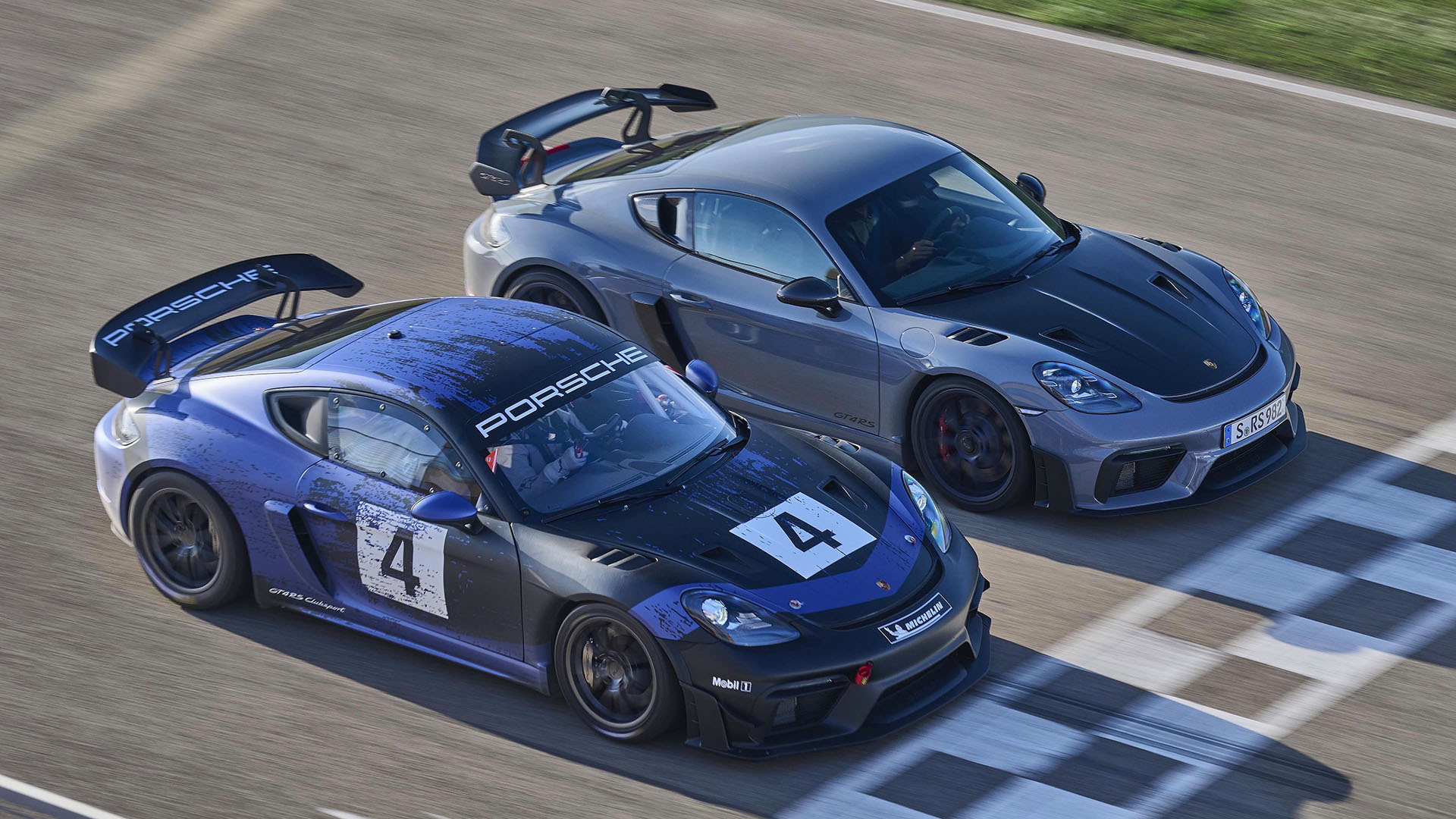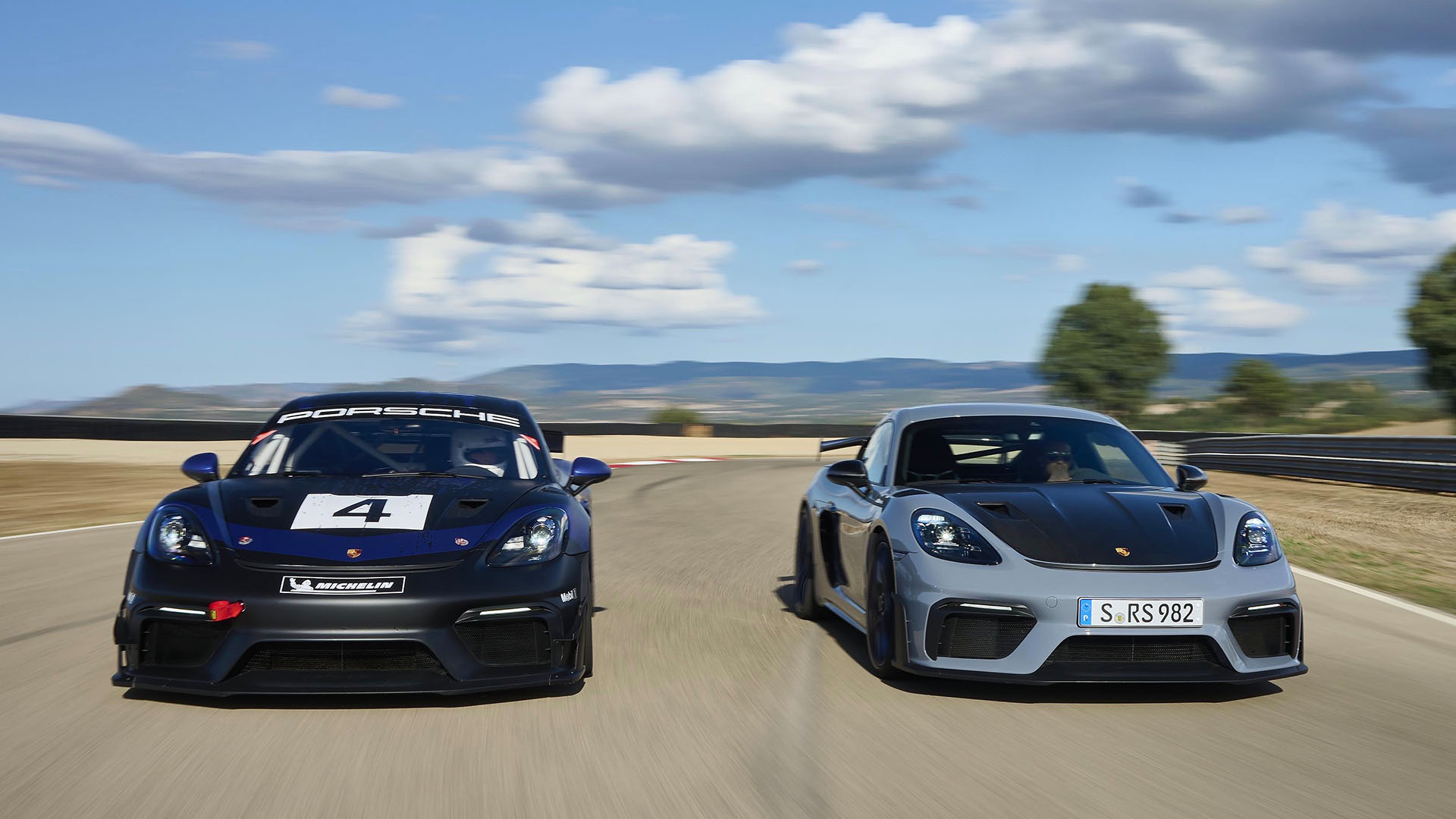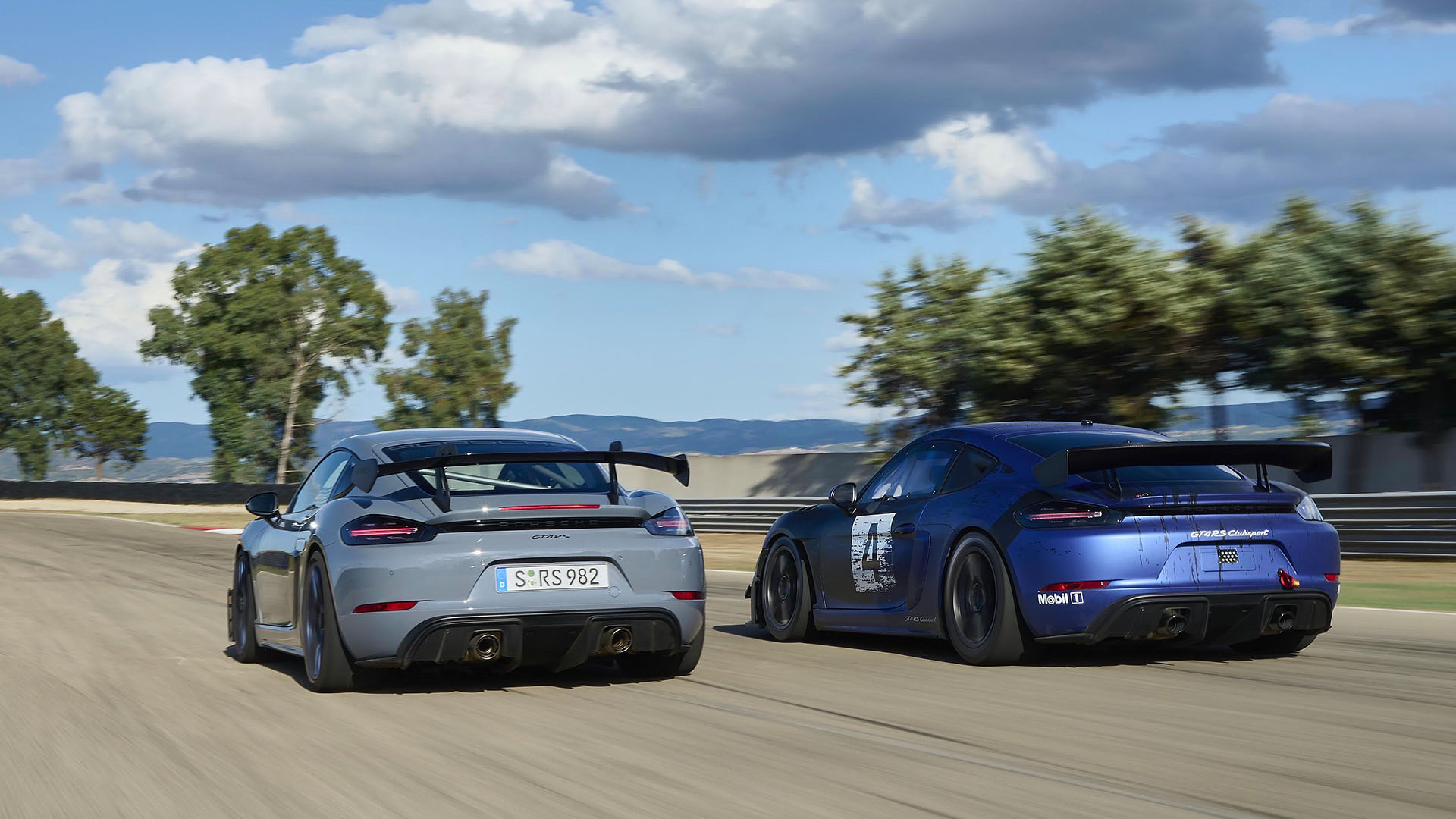In the first nine months of 2021, Porsche sold 28,640 Taycan units, about 13.2% of the carmaker’s total volume and a massive year-on-year increase of over 160%. More impressive is the fact that the EV outsold Porsche’s iconic 911 for the first time over the same period.
It is worth mentioning here that the Porsche Taycan is only in its 2nd full year of production, having been launched at the 2019 Frankfurt Motor Show. Sales likely would have been even higher, were it not for the effects of the ongoing COVID-19 pandemic and the global chip shortage ravaging the automobile sector. The sales volume paints a pretty upbeat picture when you remember that the Taycan’s prices range from $81,000 to $185,000, depending on the model variant.
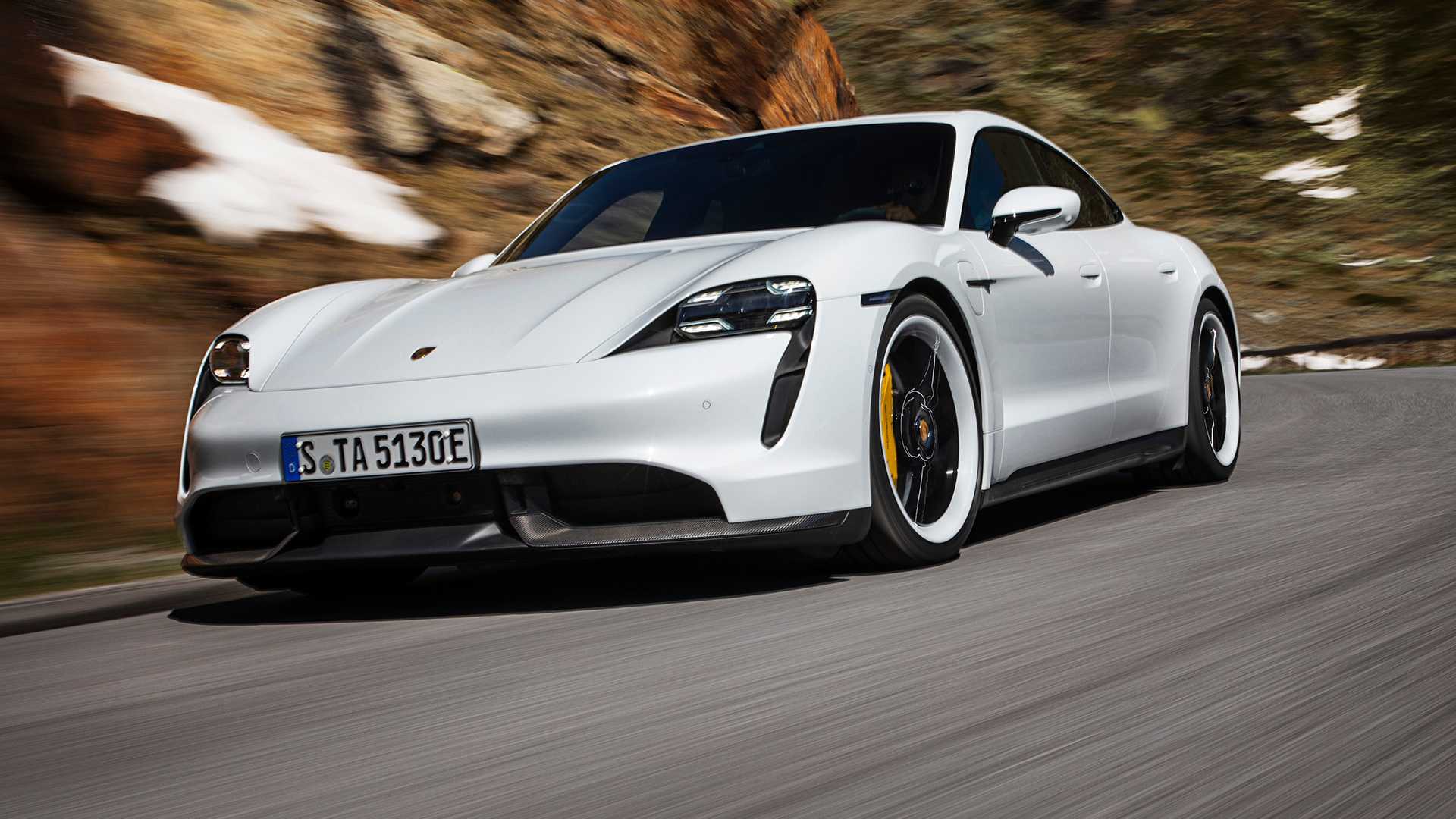 Via Motor1.
Via Motor1.
Today, the Taycan ranks only behind the Cayenne and Macan (both SUVs) in global sales. Clearly, Porsche has hit a home run with its sole EV offering.
The Taycan’s remarkable achievement, in such a short period, perfectly sets the stage for Porsche’s electrification drive as the carmaker looks to expand its EV offering to other vehicle types in its lineup.
The Porsche Taycan: Sowing the Seeds
It is possible Porsche might not have anticipated the runaway success of what is currently the only all-electric vehicle in its lineup. However, that does not mean the carmaker did not put in the work needed to ensure the Taycan had a smooth introduction into the market. The launch of the Taycan was the result of several years of research and development rather than a quickfire ‘bandwagon’ approach.
Interestingly, you would have to go back to the roots of the carmaker’s history to establish Porsche’s connection with electrification. Ferdinand Porsche, the company’s founder, was always fascinated by electricity.
In 1893, Porsche was able to successfully install an electric system at his parent’s house. Four years later, he was Head of Testing at an electrical engineering firm called Vereinigte Elektrizitäts-AG Béla Egger in Austria, and the first vehicles he designed had electric drives.
In 1900, Porsche was responsible for the world’s first functional hybrid car, dubbed the ‘Semper Vivus,’ Latin for ‘always alive.’ a year later, the production version of the vehicle, known as the Lohner-Porsche Mixte, was ready.
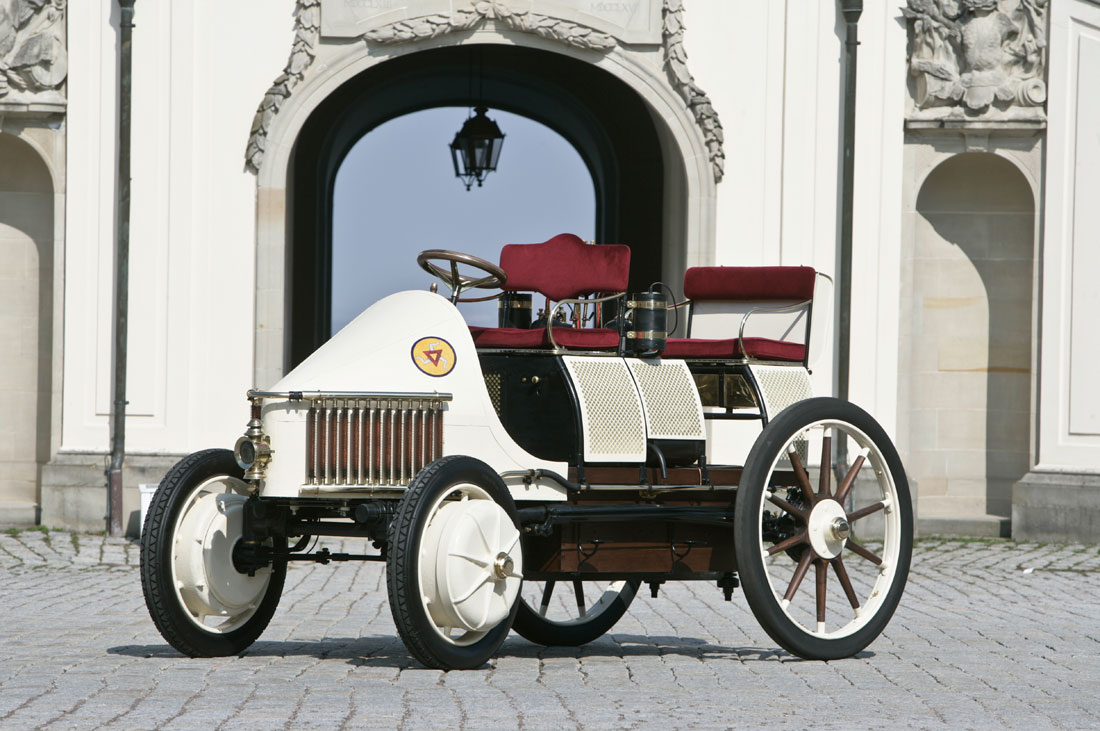 Via Cartype.
Via Cartype.
The Mixte was far ahead of the technology at the time, which ultimately proved to be its undoing. The available infrastructure just was not ready for any form of large-scale electromobility research and development.
The dream, though, never really died. The idea of electrification was finally revived at Porsche AG, about a century later, buoyed by advancements in the development of lithium-ion batteries.
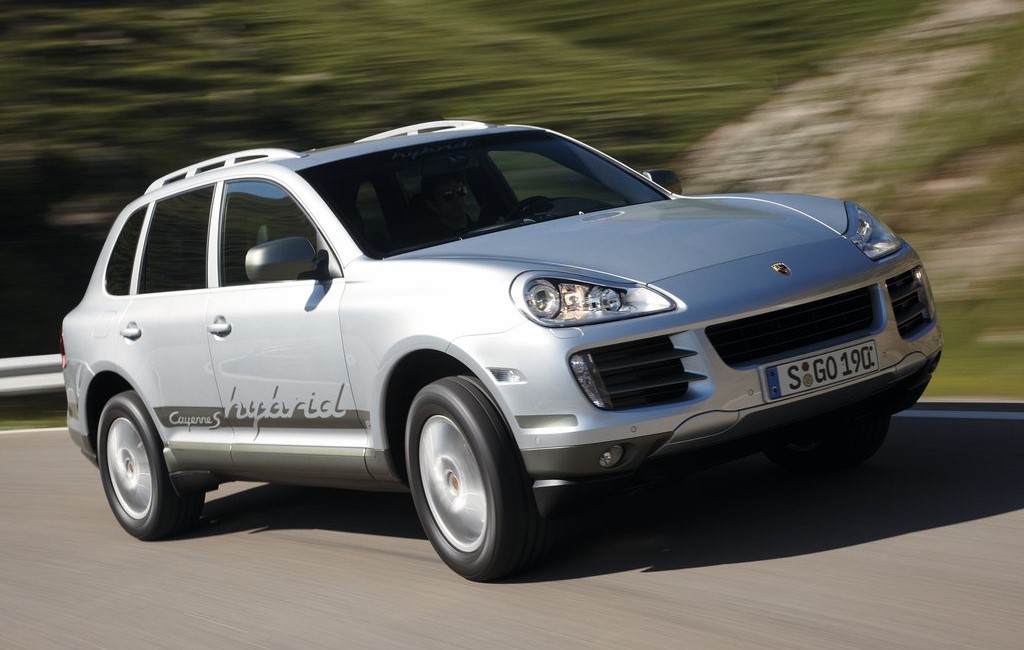 Via netcarshow.
Via netcarshow.
First, there was the 2010 Porsche Cayenne S Hybrid, followed by the 2012 Panamera S Hybrid. Porsche also conducted tests with three all-electric Porsche 911s in 2011.
Other cars, like the 918 Spyder and 911 GT3 R Hybrid race car followed, with each breakthrough allowing Porsche to gain valuable experience to develop its first all-electric vehicle. There were no cutting corners with the Taycan. By the time the production spec was ready, Porsche had invested about $1 billion with over 1,000 employees involved during the development process at one point or the other.
From Mission E to the Porsche Taycan
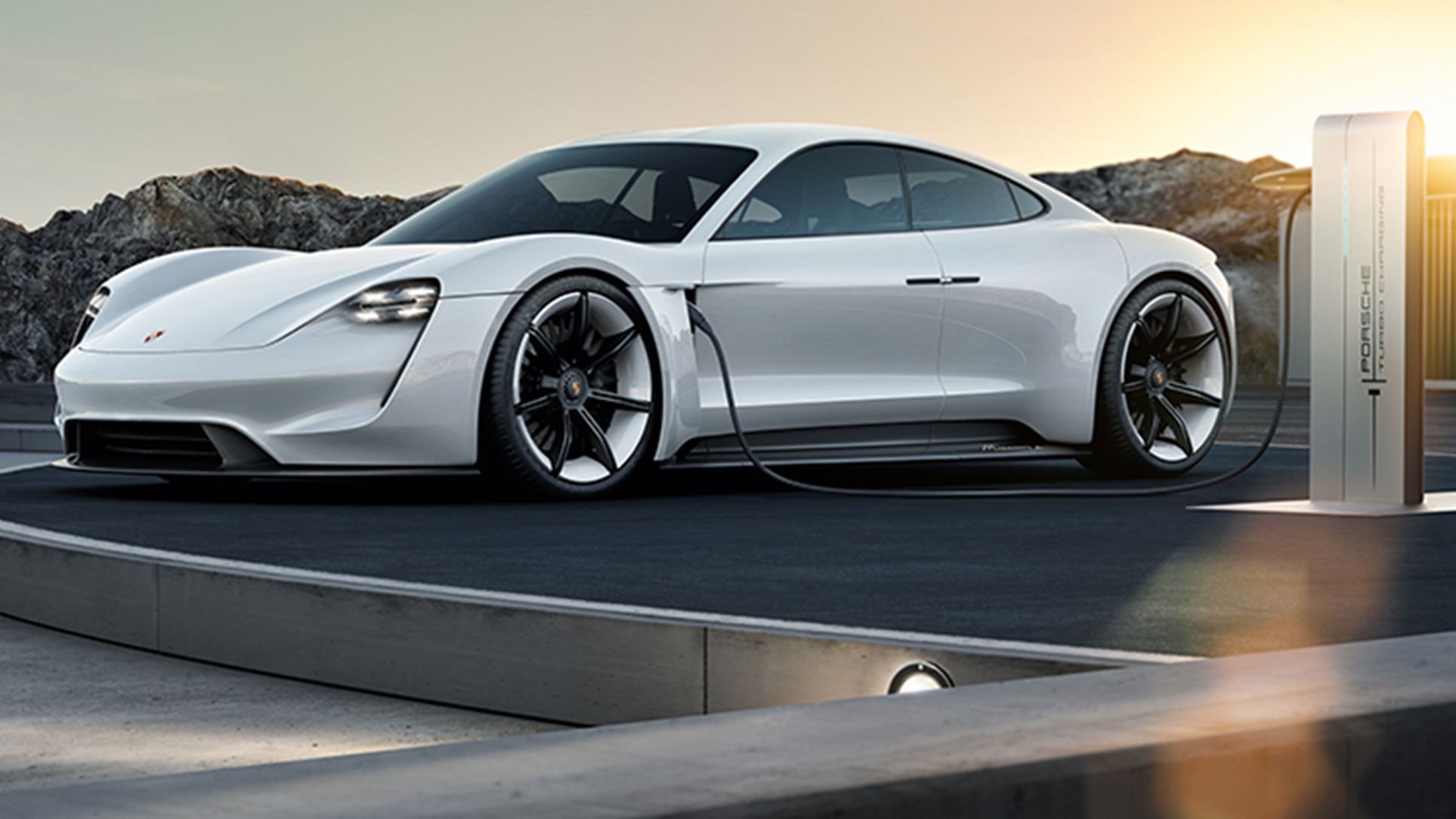 Via Porsche Newsroom.
Via Porsche Newsroom.
One of the highlights at the 2015 Frankfurt International Auto Show was the Mission E, a concept car showcased by Porsche. The EV concept had an 800-volt drive system, boasted more than 600-hp and a battery range in excess of 300 miles.
The Mission E was very fast too, with the ability to rocket from 0 to 60 mph in as little as 3.5 seconds. The interior featured innovative technology with instruments controlled via eye-tracking and hand gestures. Porsche, with the board’s full support, were clear about their intentions to bring the car into production before the end of the decade.
By June 2018, the name of the planned production all-electric sports car was revealed as the Taycan. Picking the name was an elaborate process that involved whittling down a selection of over six hundred ideas.
Taycan is a blend of two Turkish terms that roughly translates to ‘soul of a spirited young horse.’ Interest continued to build up in the launch of the Porsche Taycan, and reservations hit 30,000 deposits by July 2019, forcing Porsche to revise initial production estimates of 20,000 units in the first production year.
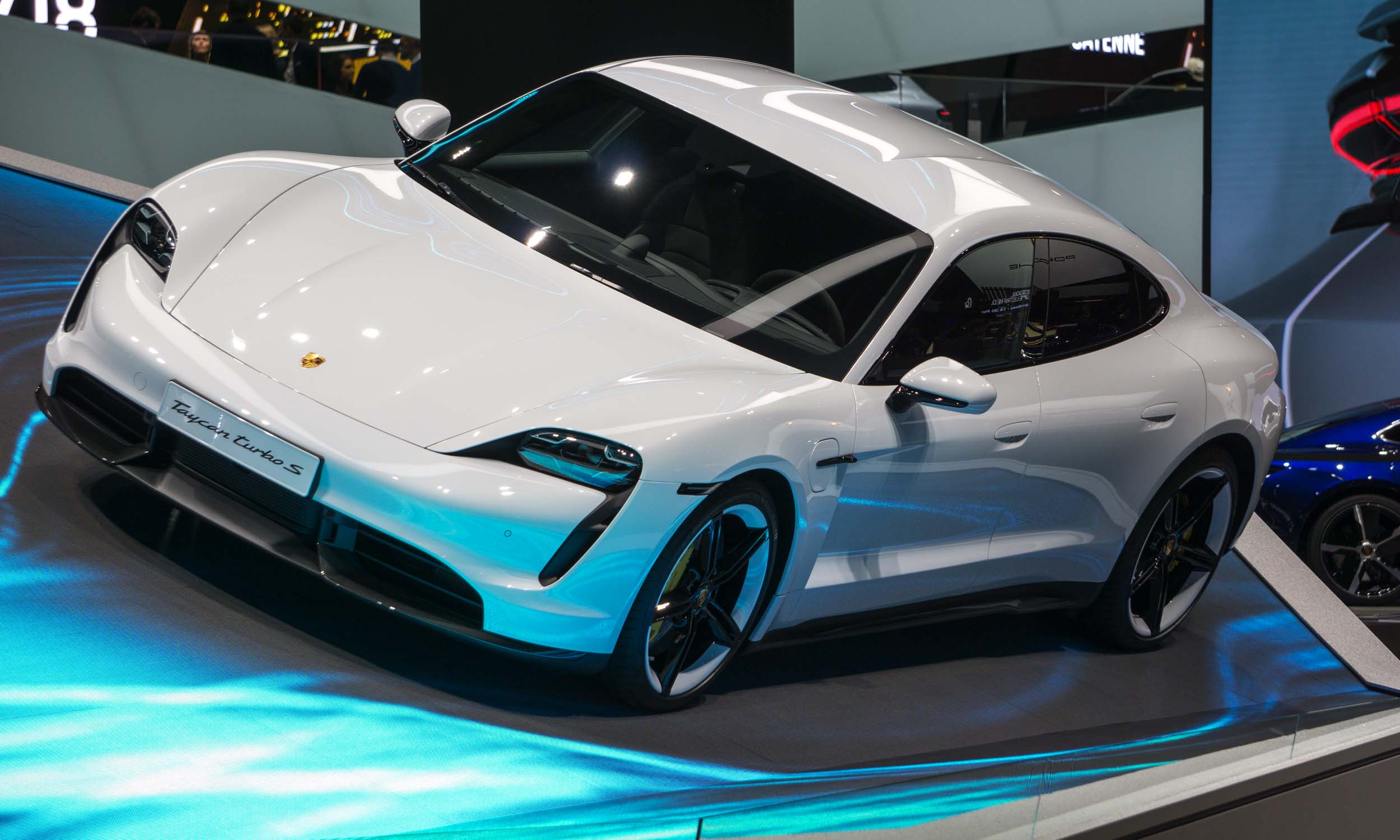 Via Our Auto Expert.
Via Our Auto Expert.
Finally, in September 2019, after four years of hard, relentless work, the German carmaker debuted the production version of the Taycan. It was the first production all-electric vehicle to utilize a two-speed transmission and an 800-volt architecture for quicker acceleration and faster charging times.
Porsche tried as much as possible to stick to the design language of the Mission E, but there were differences—like the wider intakes and a deployable rear wing on the Taycan. The Taycan also ditched the suicide doors of the concept and adopted a flatter roofline to create more headspace for rear passengers.
Model Variants: Milking the Porsche Taycan
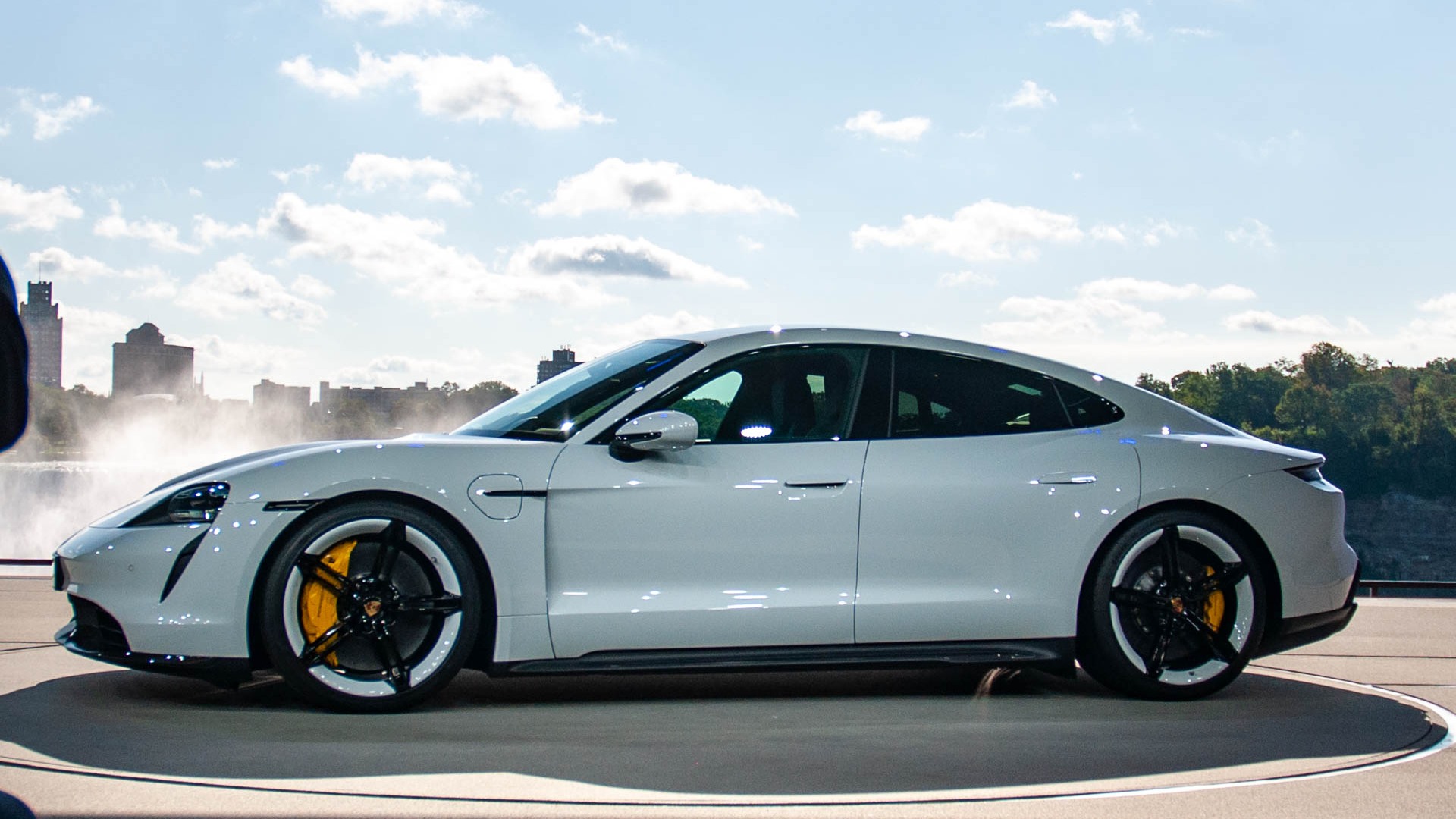 Via Motor Authority.
Via Motor Authority.
Porsche took advantage of the strong interest surrounding the Taycan and made the car available in two variants at launch. There was the Taycan Turbo and the more potent Taycan Turbo S version.
Both variants generate a restricted 616-hp to protect the drivetrain from overheating. Still, there’s an ‘overboost’ function that can briefly push this number out to 670-hp for the Turbo and a thumping 750-hp for the Turbo S.
The Taycan Turbo S, making full use of its instant torque and all-wheel-drive, could fly to 60 mph in a scant 2.4 seconds, matching the time set by the Tesla Model S in Cheetah mode. The Turbo version wasn’t far behind, with a 0 to 60 mph sprint clocked at 3 seconds flat.
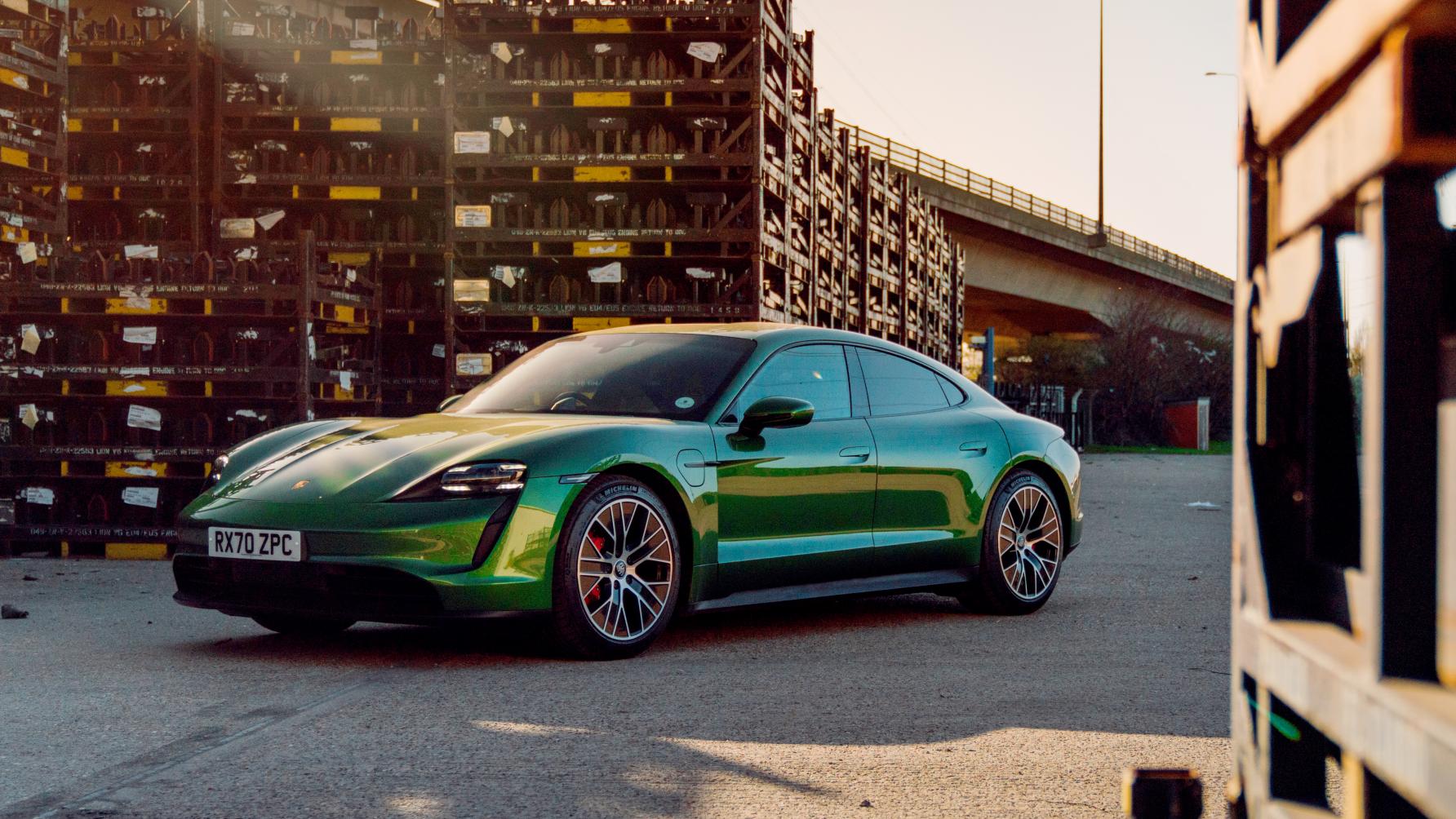 Via Top Gear.
Via Top Gear.
The launch models were quickly followed by the Taycan 4S, offered with a choice of two battery packs for different performance levels. The lower capacity 71 KwH battery pack was good for 522-hp, and the 83.7 KwH pushed up to 562-hp to all four wheels. They were not as quick as the Taycan Turbo models, but they cost less and allowed Porsche to capture more of the market.
In 2021, Porsche went further and introduced an even cheaper new base Taycan model that was rear-wheel-drive only. This one came with a standard 79.2-kWh battery and a rear permanent-magnet synchronous electric motor that made 402-hp. It cost over $20,000 less than the Taycan 4S and helped keep up the sales momentum for the Taycan brand.
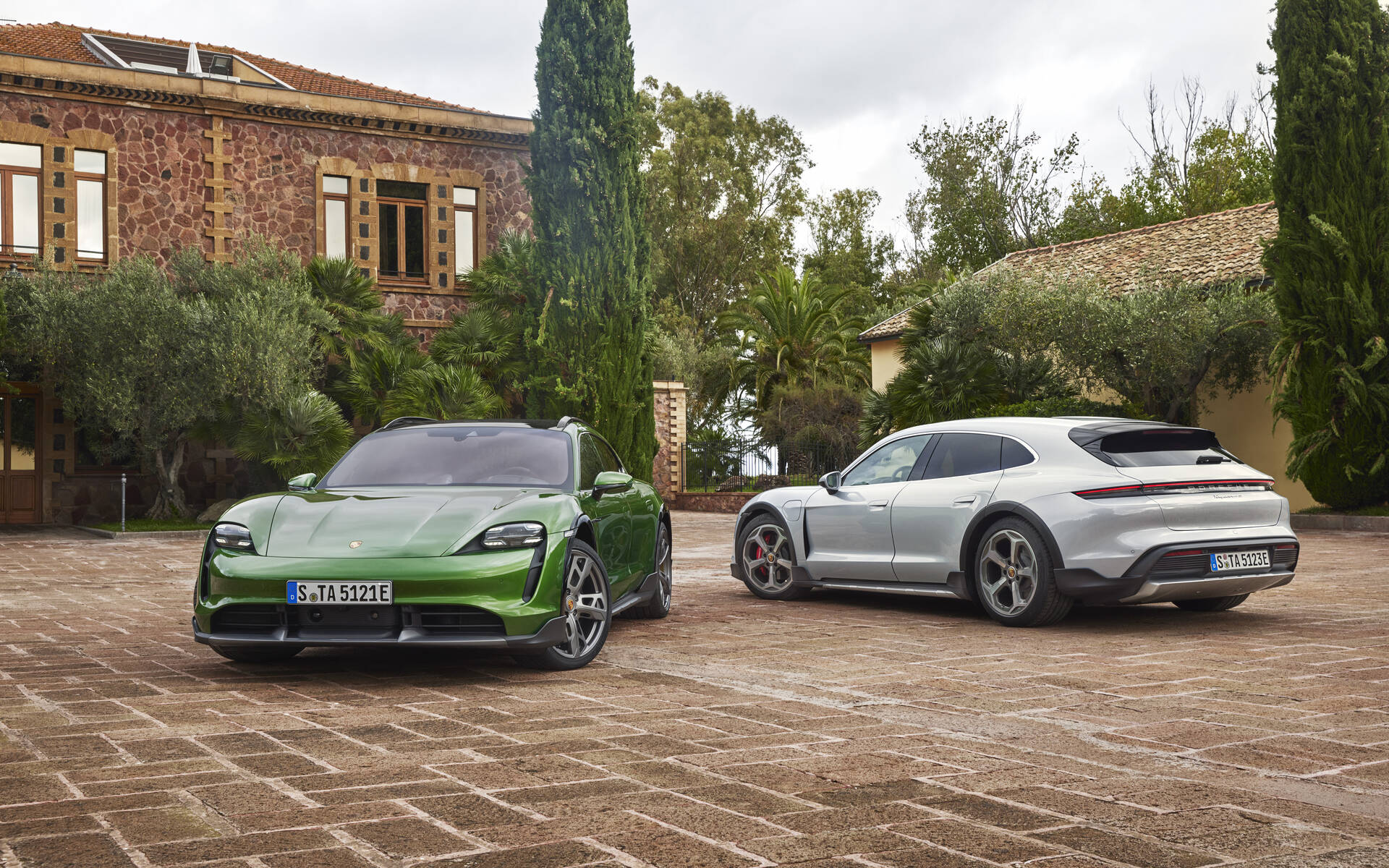 Via Guide Auto Web.
Via Guide Auto Web.
Today, a quick visit to the Porsche website will show that you can now purchase the Taycan in eight different model variants. In addition to the ones earlier mentioned, there is now a Taycan Cross Turismo that can be obtained in four different variants—the Taycan 4 Cross Turismo, Taycan 4S Cross Turismo, Taycan Turbo Cross Turismo and the Taycan Turbo S Cross Turismo.
Apart from introducing new models, Porsche has also continued to tweak the architecture of the existing lineup, making the Taycan an even more capable performance EV. For example, the 2022 models feature better thermal management setups, an improved operating system, and can now be parked remotely using a smartphone.
The Journey Ahead for the Porsche Taycan
Porsche’s 2021 performance for the first three quarters shows a 13% increase year on year. SUVs like the Macan drive this growth, but the Taycan has also played a significant role with a nearly three-fold increase in deliveries, even though the Taycan generally costs significantly more than rivals in the same segment.
For example, the Taycan Turbo S costs about $80,000 more than the Tesla Model S Performance. Porsche executives will be undoubtedly pleased by this as it tells them their customers are quite receptive to their EVs. It bodes well for the carmaker, especially as an all-electric Macan is expected to join the Taycan next year.
 Via Motortrend.
Via Motortrend.
The Taycan’s success is still on an upward trajectory, judging by recent happenings. There might be eight Taycan models currently available in the market, but Porsche is not done yet, and who can blame them?
The carmaker just unveiled the 2022 Porsche Taycan GTS and the Taycan GTS Sport Turismo at the 2021 L.A. Auto Show. The Taycan GTS boasts a 504km (313 miles) driving range, the first Taycan model to crack the 500km barrier. The new additions will roll out to dealers in the Spring of 2022.
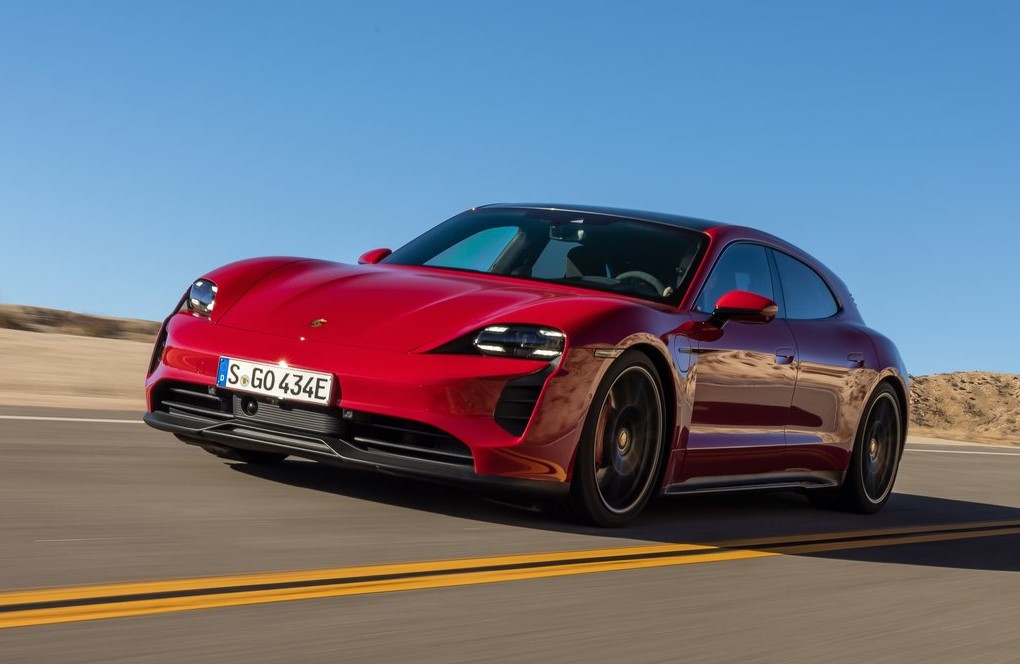 Via netcarshow.
Via netcarshow.
Prior to the announcement of the new additions to the Taycan family, Porsche CEO Oliver Brume gave another indication of how well the Taycan was performing during a September 2021 interview with Reuters.
Brume confirmed there’s now a six-month waiting list for a new Taycan. That’s up from the usual four-month wait. He added that the planned 2021 production limit was 20,000 Taycans, but the carmaker sold that amount in the first half of the year alone.
The challenge now would be for Porsche to find a way to ramp up production in the face of the automobile sector’s current challenges. It is a ‘good’ problem to have, but resolving it will be vital for preventing the Taycan from becoming a victim of its own success.
That may yet turn out to be an extreme scenario, though, and I wouldn’t bet against the German carmaker finding a way to turn things around as far as production capacities are concerned. For now, they can continue to bask in the Taycan’s success.


